|
On the last Wednesday of every month, I serve up a potpourri of advice, inspiration and other tidbits I've come across in recent weeks. This month saw the beginning of spring--at least that's what the calendar said; the thermometer hasn't gotten the message yet. Maybe we can urge the season along with a few spring-y and nature-y quotes. Your treat for reading to the end of this post is a look at the winning entry in Maple Moon Farm's FEED THE STARVING ARTIST contest, featured here last month. . . . you don't have to travel a thousand miles to experience wilderness. There's always a creek nearby, a place behind a fence where nobody goes, a tree root pushing up through the sidewalk. Sometimes it's just a bench where you sit and look at something beyond yourself. Dawn is a wilderness. . . It's what you become when you let the place saturate you. I'm talking about the way your heart changes. It becomes inseparable from the place. -- Craig Childs, writer, naturalist and wilderness explorer, interviewed in The Sun, June 2016 Spring passes and one remembers one's innocence. Summer passes and one remembers one's exuberance. Autumn passes and one remembers one's reverence. Winter passes and one remembers one's perseverance. ― Yoko Ono, Season of Glass For 99 percent of the time we've been on Earth, we were hunters and gatherers, our lives dependent on knowing the fine, small details of our world. Deep inside, we still have a longing to be reconnected with the nature that shaped our imagination, our language, our song and dance, our sense of the divine. -- Janine Benyus, biologist and author of Biomimicry: Innovation Inspired by Nature Tonight I discovered nature. For the first time, I saw it. For the first time, I didn't look at it; I listened to it--not with my ears, although I did that too, but with my eyes. Instead of pushing out at it, trying to understand it, I let it speak to me. On my left, some distance away, was the highway. From there I could hear man--man always striving, never quite there. Then I looked at the stars. They were silent, and powerful beyond all effort. They were stars being stars and therefore brilliantly alive. How puny are words about stars. -- Hugh Prather When spring came, even the false spring, there were no problems except where to be happiest. The only thing that could spoil a day was people and if you could keep from making engagements, each day had no limits. People were always the limiters of happiness except for the very few that were as good as spring itself. ― Ernest Hemingway, A Moveable Feast How strange and wonderful is our home, our earth, with its swirling vaporous atmosphere, its flowing and frozen liquids, its trembling plants, its creeping, crawling, climbing creatures, the croaking things with wings that hang on rocks and soar through the fog, the furry grass, the scaly seas. -- Edward Abbey It's spring fever. That is what the name of it is. And when you've got it, you want—oh, you don't quite know what it is you do want, but it just fairly makes your heart ache, you want it so! ― Mark Twain Love all the earth, every ray of God's light, every grain of sand or blade of grass, every living thing. If you love the earth enough, you will know the divine mystery. -- Fyodor Dostoyevsky, The Brothers Karamazov For every person who has ever lived there will come, at last, a spring he will never see. Glory then in the springs that are yours. -- Pam Brown 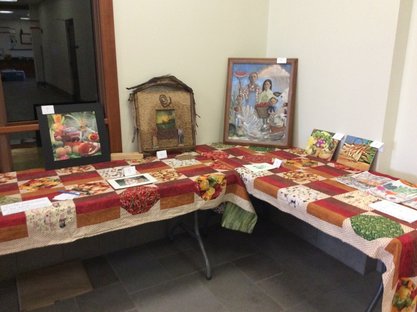 Entries in Maple Moon Farm's FEED THE STARVING ARTIST contest. (Photo courtesy of Kendra McKimmy) Entries in Maple Moon Farm's FEED THE STARVING ARTIST contest. (Photo courtesy of Kendra McKimmy) How will you glory in this spring? Maybe a bit of gardening? While we're thinking about growing things, take a look at some of the entries in Maple Moon Farm's FEED THE STARVING ARTIST contest. The theme was "Local Food and Local Farms" and the winner, multimedia artist Kendra McKimmy, received a $250 gift card to the farm. You may remember Kendra from an early HeartWood blog post about her sister Linda's restaurant, Hit the Road Joe Coffee Cafe. Her winning entry in the Maple Moon contest featured a print from a 1934 farm calendar and locally-found tree parts, against a background of ground-up dried bean pods from her garden last year. Amazing work from one of the area's most gifted artists.
4 Comments
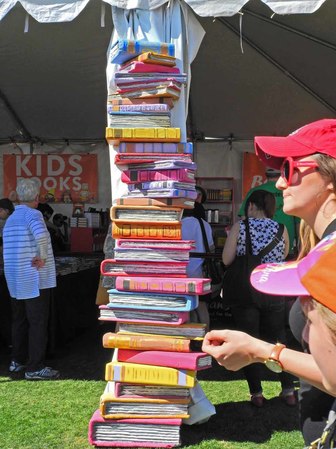 At the Tucson Festival of Books At the Tucson Festival of Books I've been to art festivals, jazz festivals, strawberry festivals, logging festivals, Polish festivals and festivals whose themes were hard to figure out. At every single one, I've found something beautiful, engrossing, strange, entertaining or tasty. Yet nothing inspires me like a book festival. 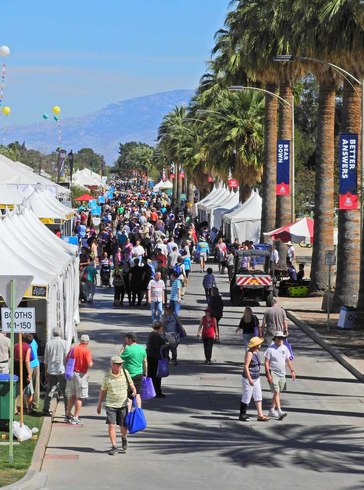 The annual festival attracts 130,000 visitors The annual festival attracts 130,000 visitors Thousands of people, all gathered to celebrate the written word, to listen to favorite authors read from their work, to discover new authors, to have conversations about books! In this age of quick-hit info-bits and constant distractions, it's good to know that so many people still choose to engage deeply with a 300-page tale. 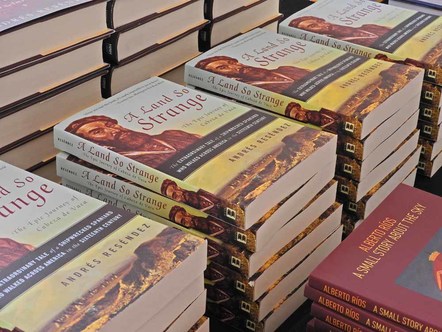 Books and more books Books and more books I found abundant evidence of that phenomenon at the Tucson Festival of Books earlier this month. My main reason for going was to participate in a masters workshop for winners and finalists in the festival's literary awards competition (I was a finalist). I'll share more about the workshop in a moment, but first, a few impressions of the festival, which itself was worth the trip. HUGE The two-day Tucson Festival of Books attracts more than 130,000 book lovers to the University of Arizona Mall and nearby venues, making it the nation's third-largest book festival (behind the Los Angeles Times Festival of Books and the Library of Congress National Book Festival). And the event enriches more than minds: visitors pour at least $3 million into the local economy. Some 400 authors participate in presentations and workshops on topics ranging from current events to zombies, and still more authors are on-site, selling and signing books at their booths. A legion of 2,000 or so volunteers assists with the event, welcoming festivalgoers, greeting and escorting authors, selling books, carrying boxes, managing lines, posting signs, answering questions and giving directions (especially in that one wacky building where all the odd-numbered rooms are on one end and the even-numbered rooms are on the other!), and making the ubiquitous announcements inviting attendees to become Friends of the Tucson Festival of Books. 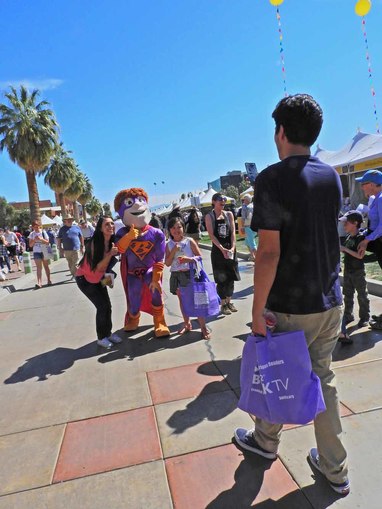 Costumed characters add to family fun Costumed characters add to family fun GENEROUS Consider this: the whole festival—readings, lectures, panel discussions, musical entertainment, kids' activities, even a literary circus—is free of charge to the public. And this: All proceeds from the festival go to sustaining the event and supporting local literacy programs. Since 2009, the festival has contributed more than $1,450,000 to groups that work to improve reading and writing ability among children and adults in Southern Arizona.
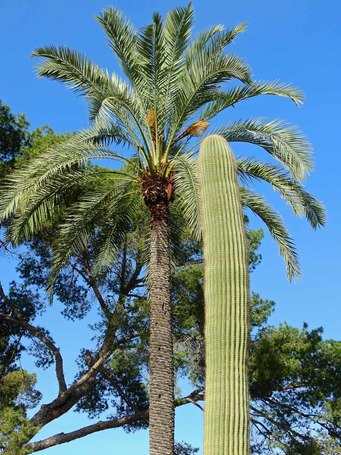 Palm and saguaro: pure Tucson Palm and saguaro: pure Tucson That's only a small sample—the tip of the saguaro, if you will. I couldn't even begin to hit all the sessions that appealed to me. 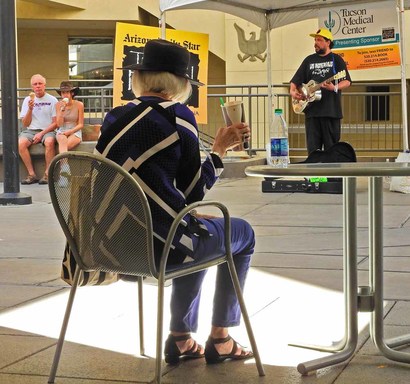 A musical interlude A musical interlude ENTERTAINING With sixty performances taking place during the festival, there are ample opportunities to give your brain a rest and listen to music instead of words for a while. During one mid-day break, I feasted on blue corn tamales to the accompaniment of the most indefatigable yodeler I have ever heard. Honestly, she went on for what seemed like half an hour. And she was good. (So were the tamales.) By far the most entertaining hour of the whole two days, though, came courtesy of author Michael Perry. I mean, how can you not laugh at a guy whose website is called Sneezing Cow? I had bought his book, Truck: A Love Story, when I came to the festival and masters workshop two years ago, and I enjoyed his funny and tender accounts of life in rural Wisconsin (kinda reminded me of another rural community I know well). So when I saw his name on the program, I made sure to get to the Arizona Daily Star tent early enough to nab a seat. Oh, was I glad I did. Perry had the audience cracking up—and occasionally tearing up—for the whole hour. My favorite was his piece on farmer yoga, from his new book, Roughneck Grace: Farmer Yoga, Creeping Codgerism, Apple Golf, and Other Brief Essays from on and off the Back Forty (which I couldn't resist buying in spite of limited space in my luggage). 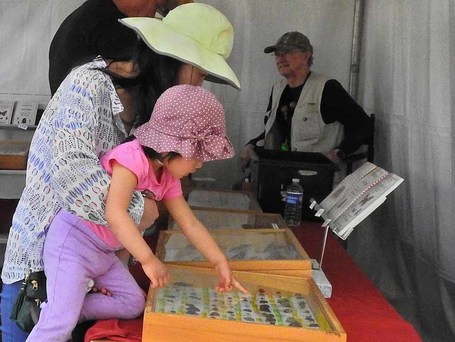 Checking out local fauna in the KNOW YOUR INSECTS tent Checking out local fauna in the KNOW YOUR INSECTS tent EDUCATIONAL Want to know more about Arizona insects? There's a tent for that. Take a virtual tour of nearby National Parks? There's also a tent for that. Learn about self-publishing? Yep, that, too. 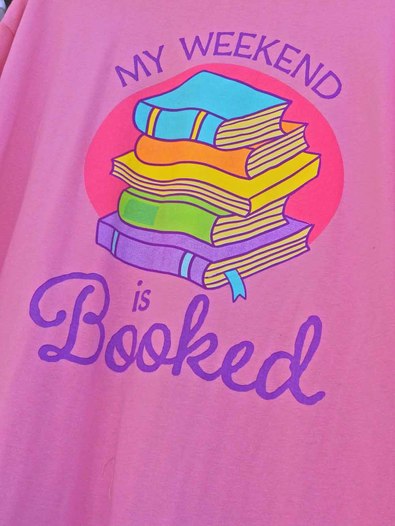 This t-shirt sums it up This t-shirt sums it up Meanwhile, the indoor lectures offer tips on writing and publishing fiction, poetry and nonfiction; getting your book reviewed; promoting your artwork; navigating the entertainment industry, and other helpful topics. I took advantage of three of these free workshops: "Nonfiction – Finding an Agent," taught by Daniel Connolly, author of The Book of Isaias; "Telling Your Story – Biography v Memoir," by Lisa Napoli (whose memoir, Radio Shangri-La, is a favorite); and "The Ethics and Personal Issues of Writing," by Joyce Maynard (whose memoir, At Home in the World, is another favorite). FRIENDLY Striking up conversations is easy—after all, you can always talk about books. And you never know what else will surface. I shared a lunch table with a Tucson couple who, I discovered, were originally from Kalamazoo, had relatives in Fremont, and used to spend summers at Diamond Lake in White Cloud, all close to my Michigan home. 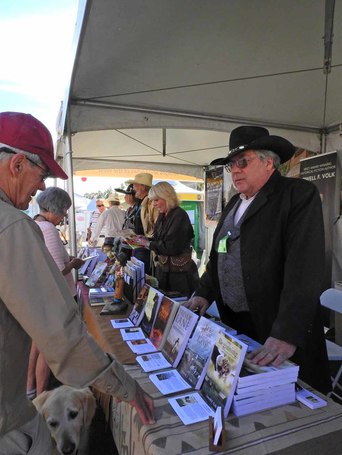 Western authors in the Amigos and Ladies of the West tent Western authors in the Amigos and Ladies of the West tent At another mealtime, a lively bunch of strangers saw me eating alone and invited me to join them. All members of the Western Writers of America, they enlightened me on a genre about which I knew nothing. Among other things, I learned that western novels are enjoying a resurgence in popularity. Plus, the authors get to wear some mighty fancy duds. Outside the booth of a Muslim organization, several young men put a different spin on friendliness. Smiling, they held signs that read, "MEET A MUSLIM. ASK ME ANYTHING." I stopped to talk to one pair and asked what kind of response they were getting. Their smiles widened. "Overwhelmingly positive." As the festival wound down, the masters workshop warmed up with a Sunday evening get-acquainted reception. Monday morning, we got down to business with a full, two-day schedule of craft talks and readings by the faculty, poets Dana Levin and Monica Youn and authors Joyce Maynard, Michael Tolkin and Mark Beauregard. I have pages and pages of notes from their talks, full of gems that I will return to again and again. One comment stands out as especially relevant these days. In her opening remarks, Joyce Maynard noted that, at a time when compassion is lacking, it falls to writers and poets to be "the holders of empathy." 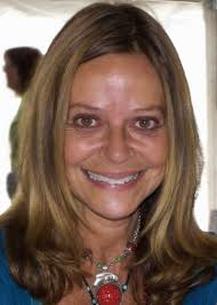 Joyce Maynard (Photo: Wikipedia) Joyce Maynard (Photo: Wikipedia) Each day we also split up into groups of ten, sorted by genre, and spent two to three hours discussing the pieces of writing we had submitted. Joyce Maynard led the nonfiction workshop, and she wasn't kidding when she warned us she'd be tough. She zeroed in on misleading lead-ins, flabby prose, irrelevant details, rambling sentences, sloppy structures, vague and timid language. Ouch, ouch, ouch. She counseled us to write with intention, spending as much time thinking as putting words on the page. She told us to throw out writing that isn't working, rather than trying to patch it up. Most of all, she urged us to write our most difficult stories, honestly and shamelessly. "Go to the nerves that are alive, the dark places, the things that don't work out, the odd things you're obsessed with." I came away with a freshly-sharpened set of writing tools and the determination to use them on the essays I've been struggling with. I also came away with nine new writing friends. I've been in workshops where participants developed a strong rapport and others where the group just never clicked. This one clicked, perhaps, as someone joked, because we bonded like trauma survivors after enduring Joyce's critiques. Whatever the reason, I look forward to trading work and encouragement with Kelly, Gerry, Jane, Sara, Steve, Lee Anne, Arlyn, Roz and Kirsten. Not ready to leave Tucson? I don't blame you. Come along on another walk through the festival and its surroundings.
I'm traveling this week, so I thought you deserved a getaway, too. Unfortunately, I can't take all of you with me to Tucson; instead, I'm sending you to the exotic island of . . . Big Rapids! Oh. Big Rapids isn't an island? Or exotic? Well, it sure seemed like it a few weeks ago when the Polynesian dance troupe Aloha Chicago (I know--Aloha Chicago?!!?) came to town as part of the annual Big Rapids Festival of the Arts. That evening transported me back to my Samoa days, when friends and classmates used to perform some of the same dances I saw on stage. Just the sound of the drums made me feel like a teenager again in the "land of frangipani and Fanta."
If only I could reproduce those sounds here! I guess you'll have to use your imagination, inspired by the pictures below. Bon voyage! 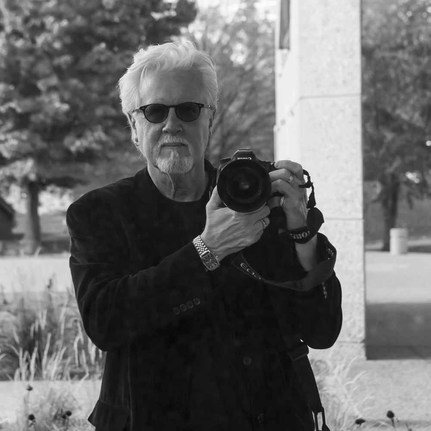 Tim Motley Tim Motley In January, Ray and I spent a delightful hour or so viewing the latest work of photographer Tim Motley at an exhibit and reception at Artsplace in Fremont. Tim, who has made a living as a commercial photographer for thirty-seven years, recently changed direction to concentrate on fine art abstract photography. As I listened to Tim discussing his inspirations and techniques with gallery visitors, it occurred to me that HeartWood readers might also be interested in what he had to say. Though I had already peppered him with questions the night of the reception, he graciously agreed to answer still more questions for this Q&A. I'm always fascinated when someone who's been successful following one path decides to take a chance and turn a different direction. You mentioned that your shift from commercial photography to fine art photography was something you'd been thinking about for a while. What made you decide it was the right time to make the move? It was one of those things where you're kind of gently pushed. I started out in fashion in back in the eighties, moved into high-end weddings, and then when the economy went down, my weddings went from fifty a year to four. Because of the economy and so many other photographers out there, I decided to go into fine art world. I had done some fine art work back in the nineties, but it really didn't go anywhere. This body of abstract work that I'm doing now, I'm very motivated to get it out there, get into galleries and museums. I look at this as my legacy. Was your previous fine art work similar in any way to the work you're doing now? It was very different. Quite a bit of it was travel photography—a lot of images from Italy. The rest of it was just fine-art things that I'd shot off and on through the years, like Tibetan monks. I have photographed events all my life, and after a while, with the events, I started getting little fine art pieces. And in the nineties, I was in an artist's co-op. We had a gallery in South Haven and we all sold our artwork. That kind of dried up when my weddings took over. Where did the initial idea for this new work come from? About three years ago, I was photographing a dance rehearsal. I was starting to get really bored with it, because the dancers would get up and move around, and then they'd sit down and talk about it. You could be there for four hours without much happening. So I started shooting abstracts of the dancers in the dance studio under fluorescent lighting and getting some interesting results. That's where it really took off. I thought, if I take the concept to my own studio where I can the control lighting and background, I bet I could get some remarkable results. How much experimentation did it take before you arrived at a process that would produce the results you're after? Actually, I'm still in the experimenting stage. But probably about a year into it, I started feeling confident and knowing I had something here to really treasure. After that, with each shoot, I continue to learn something. It just evolves. There's really no hard-and-fast rules that I use in this, with the exception that generally I use one light and one person, and they have to move. Those are the only requirements. I've been doing this for about three years, and as I go along my techniques shift and change a little day by day. One of the really neat things about this is, I felt like I had learned everything there was to learn as a photographer, and now all of a sudden this abstract world has opened up a whole new world for me. I'm learning much more about photography. For photography enthusiasts, can you say a little about the techniques you use in this work? We set up one light, and I have the model standing on the floor under the light. We put some music on. The music is very important; we try to put on music that they love to move to, dance or yoga or whatever, and then we start to shoot, using low shutter speeds. Usually the shoots last an hour only, because after that the model is exhausted and so am I. It's a real short time, but it's filled and compacted with energy like crazy. Every model that comes in brings something different to the shoot. Some are professional models, some are dancers, and I've had a number of actresses come in. Each person brings a little something different each time, be it through their personality or through their talent. That contributes to the difference in each shoot. How many images do you typically take to produce one of these pieces? In one session, we will shoot anywhere from 500 to 800 images. There's a whole lot of shooting going on. Usually out of that 500 or 800, I can come up with five or six really good pieces. Then I'll narrow that down to maybe one. The rest of it is just exploration. You mentioned that your wife, Patty Caterino, does the printing and any post-processing that's involved. Can you say a little about that process? Oh, absolutely. Being that I shoot everything digital, there's a lot of latitude with any of the images. Basically all we do with the images is what you would do in a traditional darkroom. The lights are darkened, maybe a little contrast and saturation, but that's it. All of the abstract work is actually done in the camera. After we shoot, quite often I'll spend a few days evaluating the images, and then I'll pull maybe 20 or 30. My wife will sit down with me, and then she and I will go over them. Her knowledge in the computer is far beyond anything I could ever do. She starts making little adjustments, and she'll see things in her mind's eye, and from that all of a sudden other things start coming out of the picture. In fact, the one picture that was like the main picture of the whole Artsplace show showed a blue body walking out of frame. That was a picture that I just breezed right over. My wife found it and said, "Oh, let me take a look at this," and she made a couple of minor adjustments and all of a sudden the picture took on a whole new life. I'm basically a photographer. I work the camera, but I don't work the printer. I don't have experience in that field. My wife and I really make a very good team. We've been together since 1995, and we have a good cohesion, where with what I shoot, she makes my images so much more beautiful. She's an artist in her own way. Anything she has an interest in, she can pick up some books, read them for about two weeks and then master whatever she wants to do. She's done everything from welding to glass mosaic work. She used to do a lot of oil painting on my photographs, where she'd take a black-and-white image and hand-color it. She has a phenomenal touch. She's very, very artistic. The things that we do together let her use that talent. What do you feel you're expressing in this new work? These abstracts kind of parallel my life. In the old days, when I was out there photographing events, my life was wide open to everyone, and people knew what was going on in my life. Now I'm much more reclusive, and my work is shifting with my personal life as well. Part of the idea behind the abstracts is, the body will have no clothing, no jewelry, simply because I don't want to depict this society. I would like those images to be as timeless as they can be. My personal feelings are, the more I see of society, the less I want to be a part of it. So the abstracts kind of play along with that, and are something different that no one else does. And this work speaks to me. It really does. And it stimulates me. I had reached the point a while back where the work just did nothing for me. All I did was make pretty pictures, but I couldn't feel anything coming from it. When I do these abstracts now, there's a feeling I get, a sense of accomplishment, definitely a sense of mystery. Sometimes I don't even understand what I'm getting, but I love what I'm doing. So I just continue down that path and see where it takes me. Every piece that you see of my work is a part of me. I feel that connected to it. I think for the first time in my life, I truly do feel like an artist, and I wouldn't trade that feeling for anything in the world. Where do you find inspiration? In the early days when I was shooting a lot of fashion, some of the fashion photographers like Helmut Newton and Richard Avedon inspired me. Nowadays my references that I use for studying are Picasso, Matisse, de Kooning. I really do see life in an abstract way now, and this is all I really see photographically, too. I study art all the time. If I'm not shooting or working on pictures, I'm studying other artists' work just trying to be inspired by it, analyze it, see how it can come into my work. How did you first get started in photography? Back in the 1970s, I got a camera and started photographing my sons. One day I was shooting one of my sons in the living room, and I did something different with the lighting, and it was the most different picture I'd ever made. That really inspired me. I was bitten by the bug then, and I took off with photography. I started reading everything could get my hands on about photography. I was a magazine junkie. I bought every magazine I could get on photography and devoured it. I dabbled in it until about 1985, when I met a guy at a camera shop who had a little studio in a warehouse in Grand Rapids. He said, "I'll tell you what, you come in and help me with my rent, and I'll teach you how to use studio lighting." I was with him for two months; then he took on a couple of other photographers because he wanted to lower the rent even further, and the place was too small for all of us. So in the same building, I built my own studio. I had close to 2,000 square feet that I only paid $200/month for. I was there for fifteen years in that building, shooting fashion and weddings and portraits. Then my wife and I met in '95 and the place we live now came up for sale in '97. Where we live now is in a little area called Tallmadge Township, about fifteen miles outside the city of Grand Rapids. We actually own an old town hall, and that's what my studio is in. In back of the town hall is our house. One benefit of shooting the abstracts in the studio is that it keeps me home more often. What suggestions do you have for anyone who's starting out in photography or who's been dabbling in photography for a while but wants to get better at it? The one thing I could suggest is, you have to have a very strong drive. You have to be dedicated to it and you have to be focused on it. To go the route that I've gone, you have to work at it 24 hours a day. Once I got into photography and started professionally, it was like there was nothing else that went on in this world to me except my photography. Are there other directions you'd like to take this work in the future? One of the ideas we're kicking around now is tying my abstracts in with cancer patients. One of the models who's been in probably three or four times to do these abstract nudes is a breast cancer survivor. She's 57 years old, and she's got scarring, and it's obvious what she's been through, and we made some very beautiful artwork of her. Further down the road, if we can find a patron to bankroll this kind of project, I'd like to make beautiful abstracts—nudes or portraits—with cancer survivors and have them displayed in a hospital. Is there anything else you'd like to add?
The show at Artsplace led to a contact in Ludington, and I'll be putting on a show at the Ludington Area Center for the Arts in 2018. If the news of the day has been getting you down, here's one bulletin that's guaranteed to inspire: 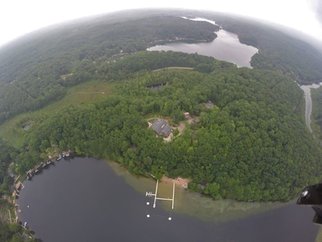 Fairy's eye view of Camp Newaygo Fairy's eye view of Camp Newaygo FAIRYLAND, Newaygo County (March 1, 2017)—In spite of last year's housing boom in the Enchanted Forest (also known as Camp Newaygo), officials report a serious shortage of sprite-sized housing. 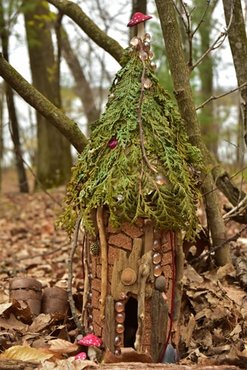 Among last year's fairy house creations: "Eric's Abode" by Eric LeMire Among last year's fairy house creations: "Eric's Abode" by Eric LeMire "Thanks to the artistry of local supporters, the fairy homes that sprang up in our forest last year were so attractive, they were all immediately occupied by pixies, gnomes, sylphs and all manner of tiny creatures," says Elvira Elf, housing coordinator. "We’re expecting an influx of fairy folk soon, as they return from their winter homes down South. We're asking everyone to pitch in again to create a forest full of houses to welcome them back." After receiving the news, fairy-house builder Wildwood Ray was spotted heading for his workshop with an armload of mysterious materials. "This is one call to action it's impossible to ignore," he said. 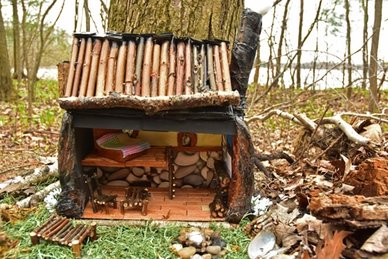 "Sue's Cabin" by Sue Barthold "Sue's Cabin" by Sue Barthold Bet you can't ignore it either! So start gathering twigs, moss, stones and anything else that strikes your fancy, and get busy creating. Houses are due April 15 (you can drop them off at Camp Newaygo or call 231-652-1184 to schedule a pick up). Guidelines are listed below. 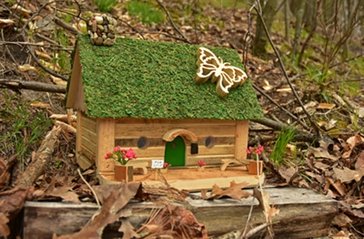 "Rustic Retreat" by Ray Pokerwinski "Rustic Retreat" by Ray Pokerwinski The fairy houses, gnome homes, pixie palaces and elfin abodes will be hidden in the forest surrounding the camp, and during the Enchanted Forest Event, April 29 and 30, visitors can wander the woods with a trail map, searching for the houses and trying to spot their secretive inhabitants. Cookies and punch will be supplied for house-hunting fortification, and for an additional fee, young visitors will have a chance to create their own handiwork at a craft table. All the fairy houses will be auctioned on eBay afterward, so you can pick out a favorite to take home. (Don't forget to make a wish for a fairy to come along with it!)
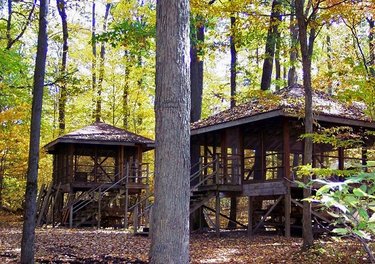 Camp Newaygo offers campers and community a variety of experiences Camp Newaygo offers campers and community a variety of experiences Camp Newaygo is an independent, not-for-profit camp located on 104 acres along a chain of lakes in the Manistee National Forest region of mid-western Michigan. In addition to offering a girls' residential summer camp and a coed day camp, the camp provides year-round community events: dinners, girlfriend getaways, winter sleigh rides and more. 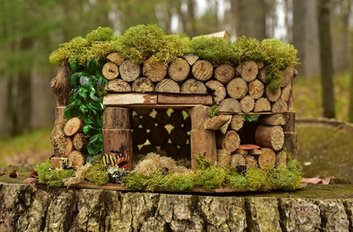 "Green Glass Cottage" by Eileen Kent "Green Glass Cottage" by Eileen Kent Last year, organizers hoped the first Enchanted Forest event would bring in twenty-five to thirty little dwellings. They received forty-two houses, and a total of 627 visitors toured the forest over the two days. Here are this year's guidelines for building your fairy house:
The Enchanted Forest tour is April 29 and 30, 11 a.m. to 4 p.m. Cost is $7 per person or $25 per family of four. The make-and-take craft table will be available from 10 a.m. to noon on the 29th, for an additional charge. No advance registration necessary; please pay at the door. For additional inspiration, see these posts on last year's Enchanted Forest event:
Fairies and pixies and gnomes, oh, my! The News from Lake FaeBeWell Exploring the Enchanted Forest |
Written from the heart,
from the heart of the woods Read the introduction to HeartWood here.
Available now!Author
Nan Sanders Pokerwinski, a former journalist, writes memoir and personal essays, makes collages and likes to play outside. She lives in West Michigan with her husband, Ray. Archives
April 2022
Categories
All
|
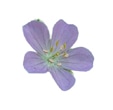
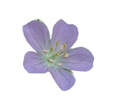
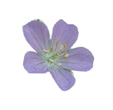
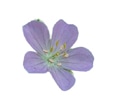
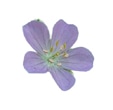
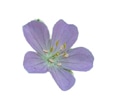
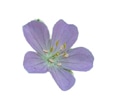
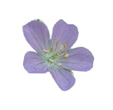
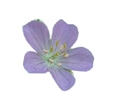
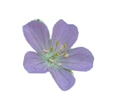
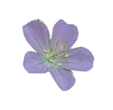
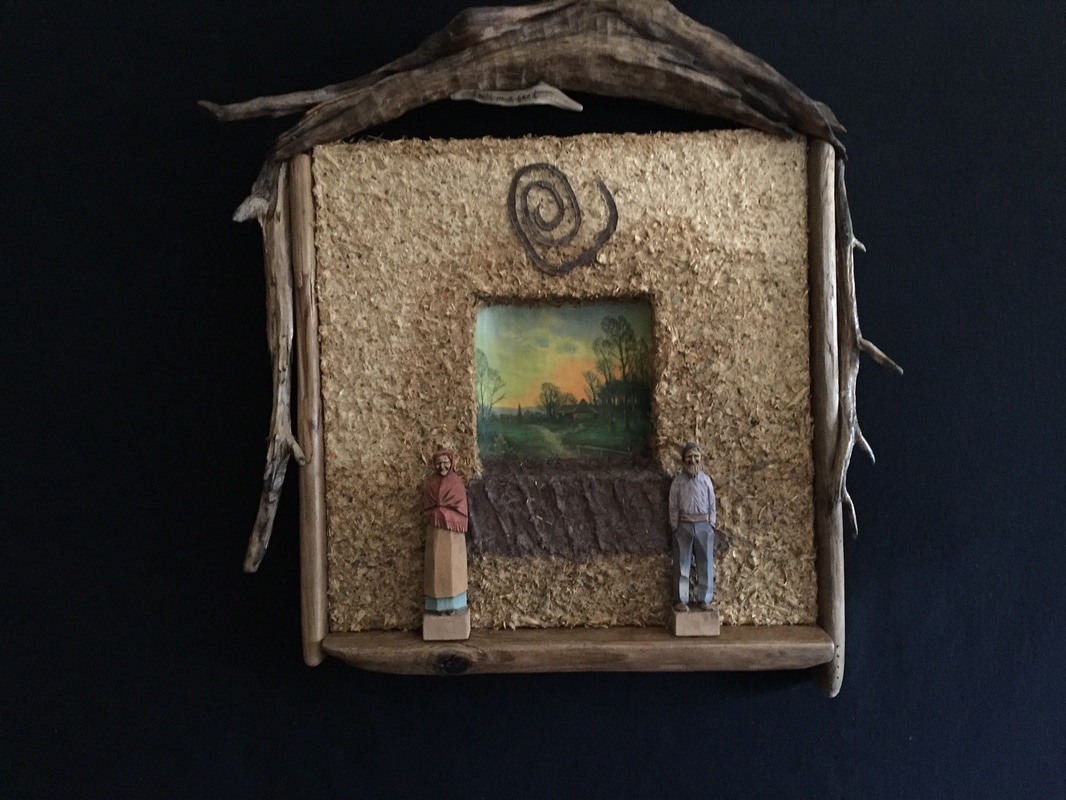
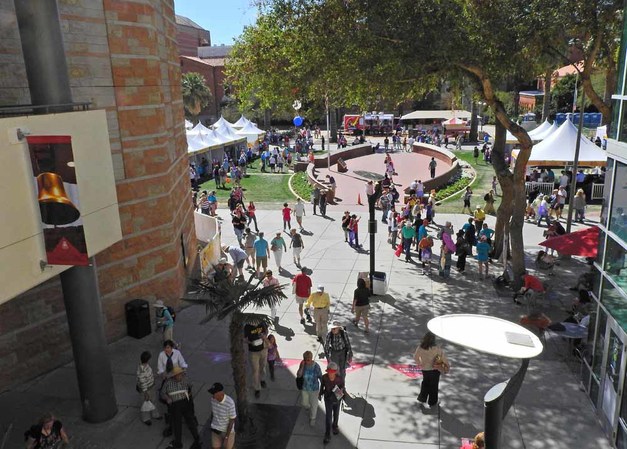
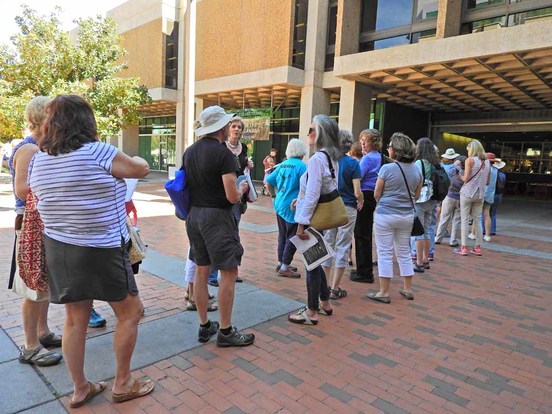
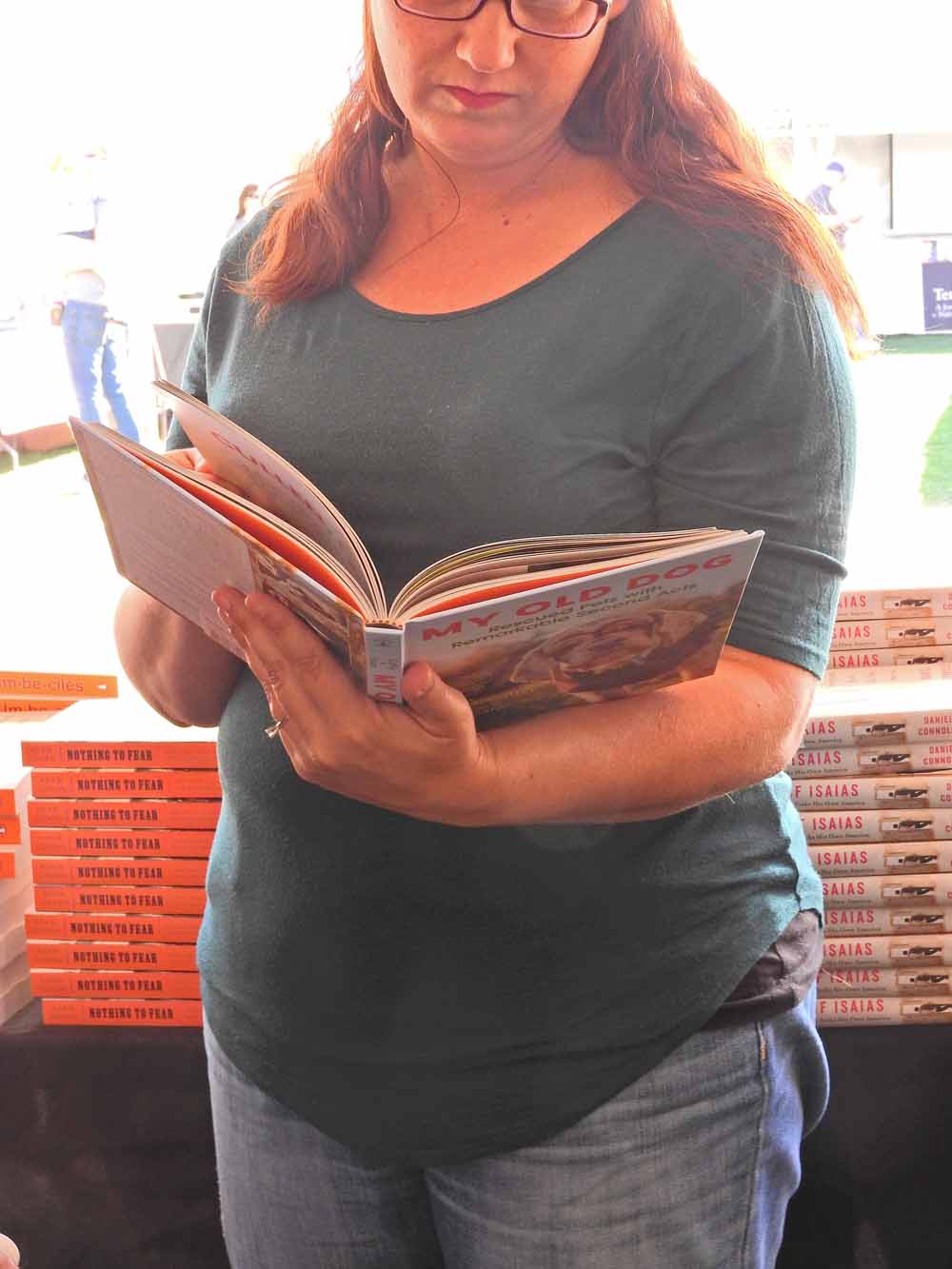
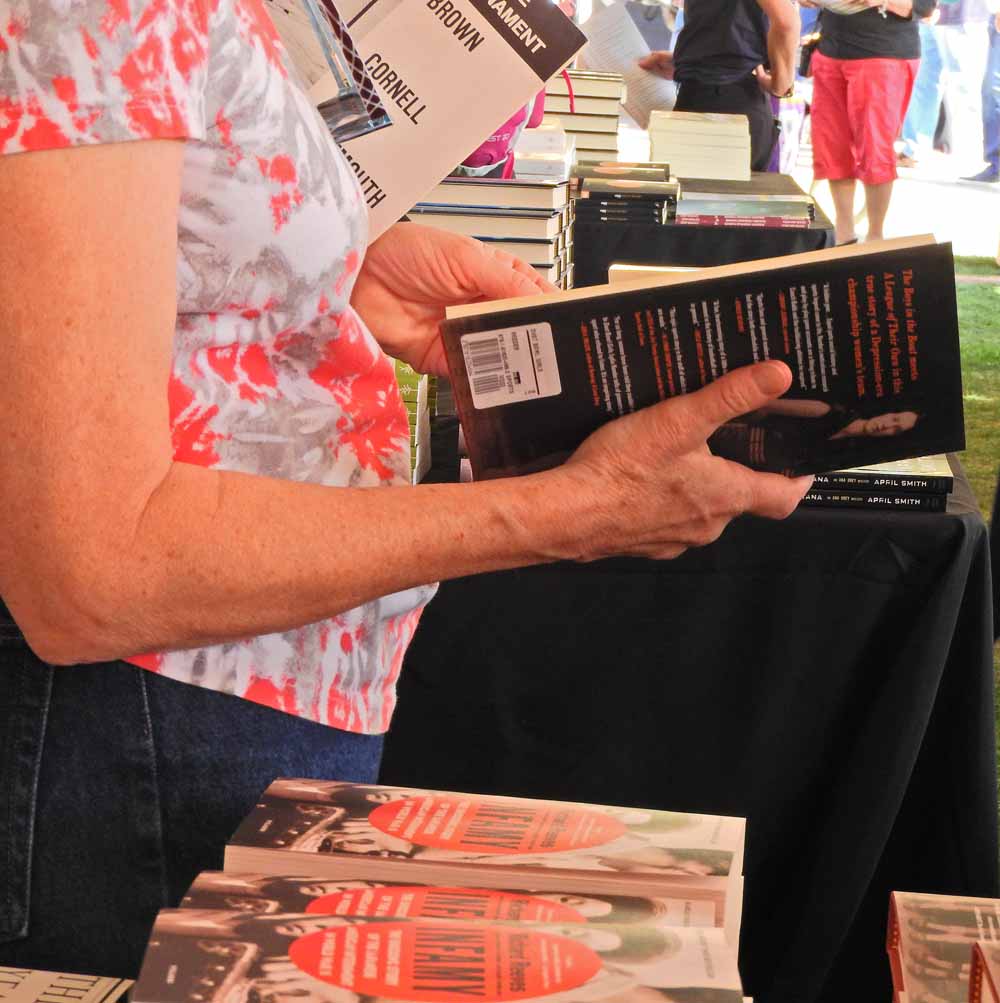
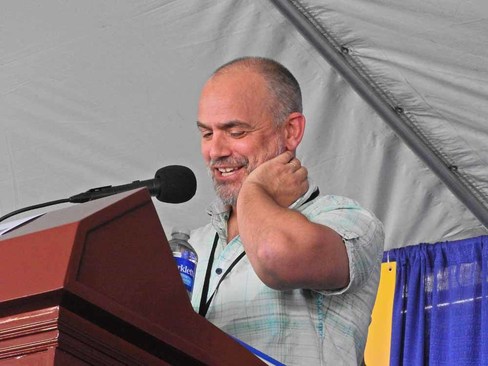
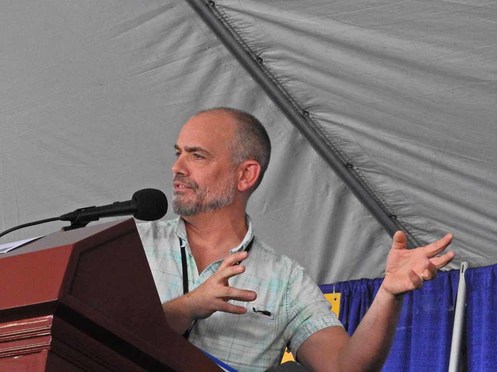
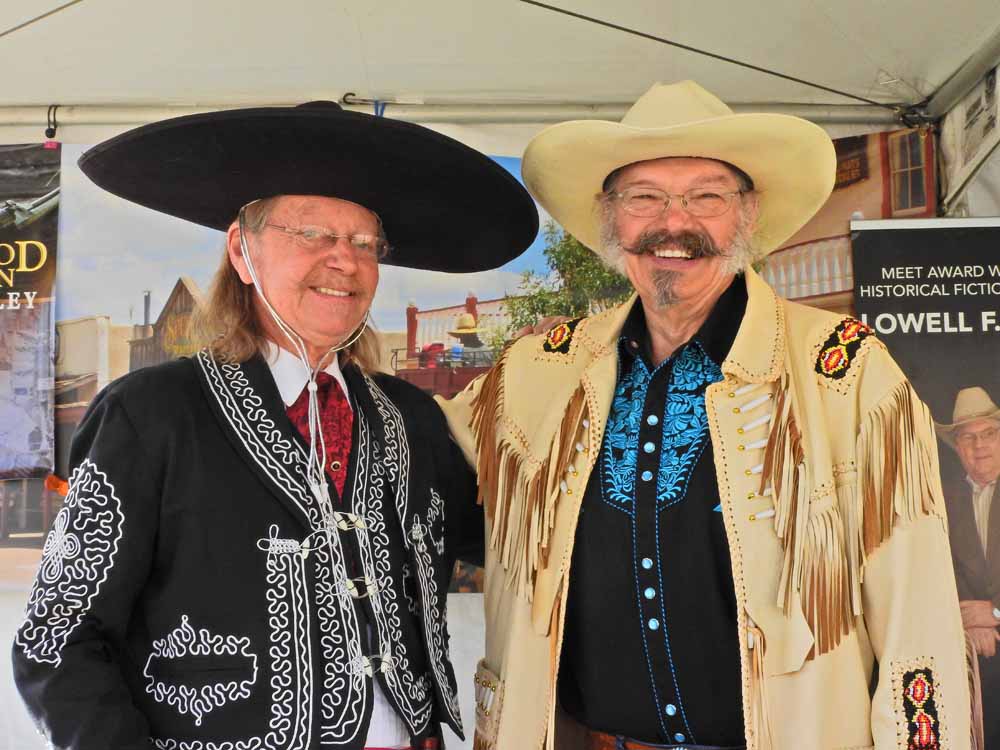
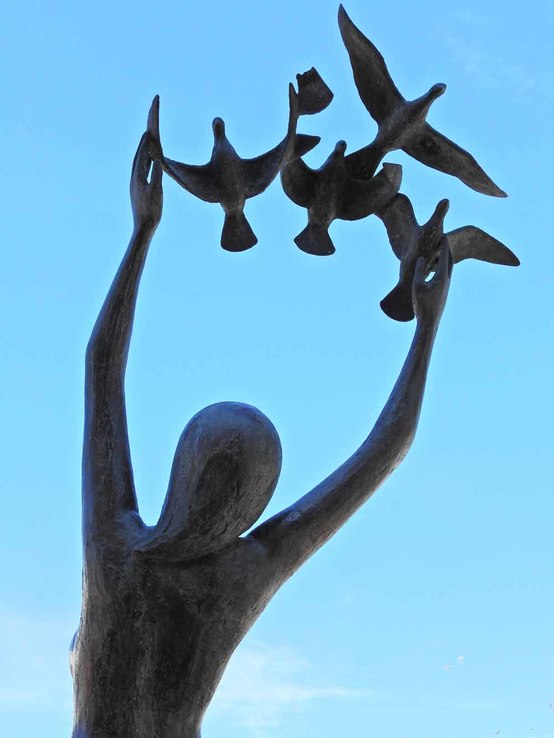
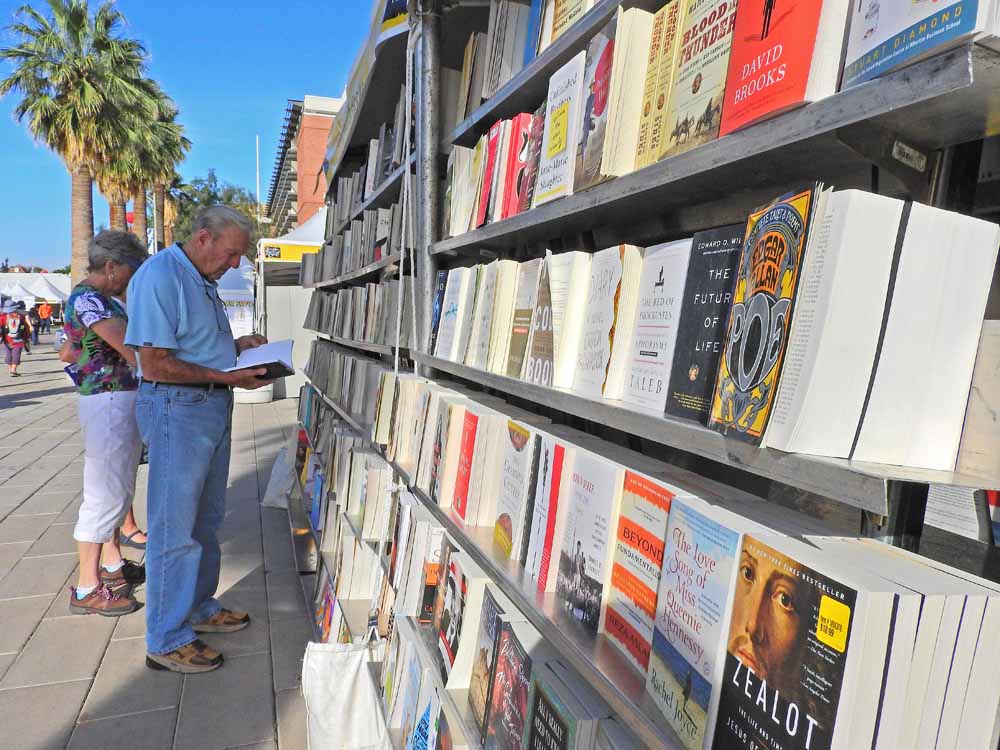
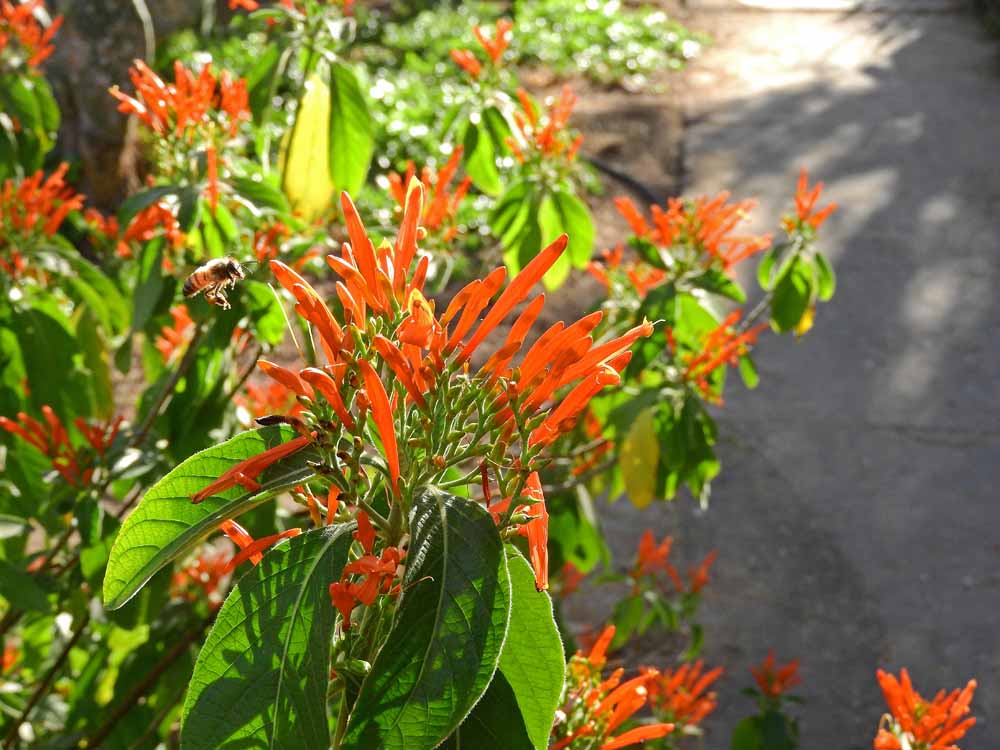
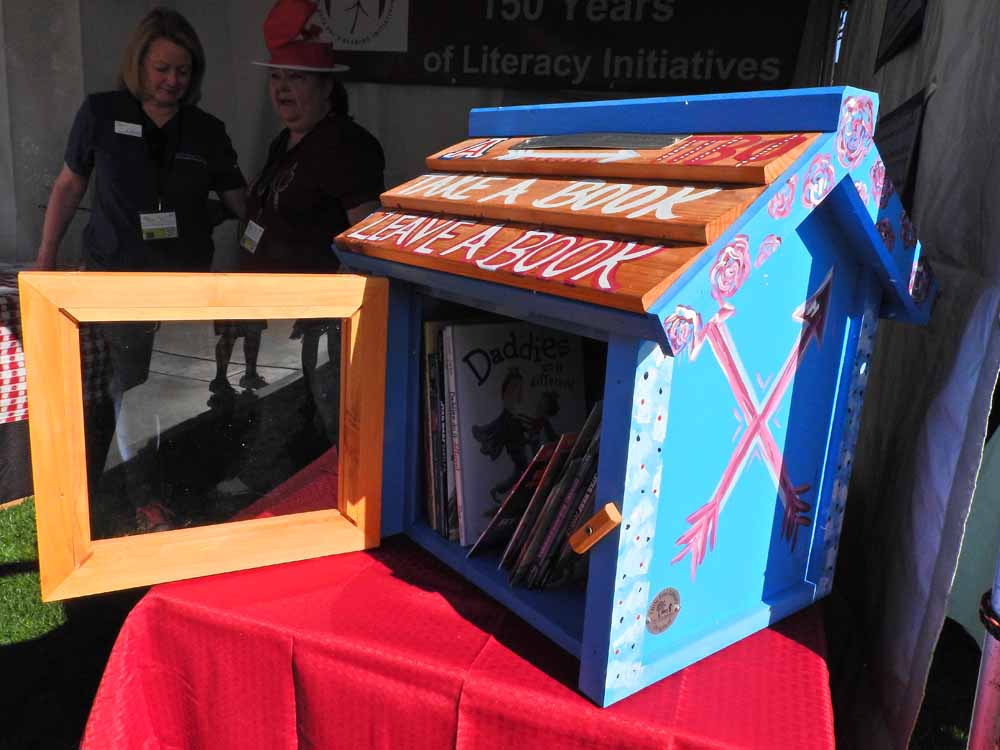
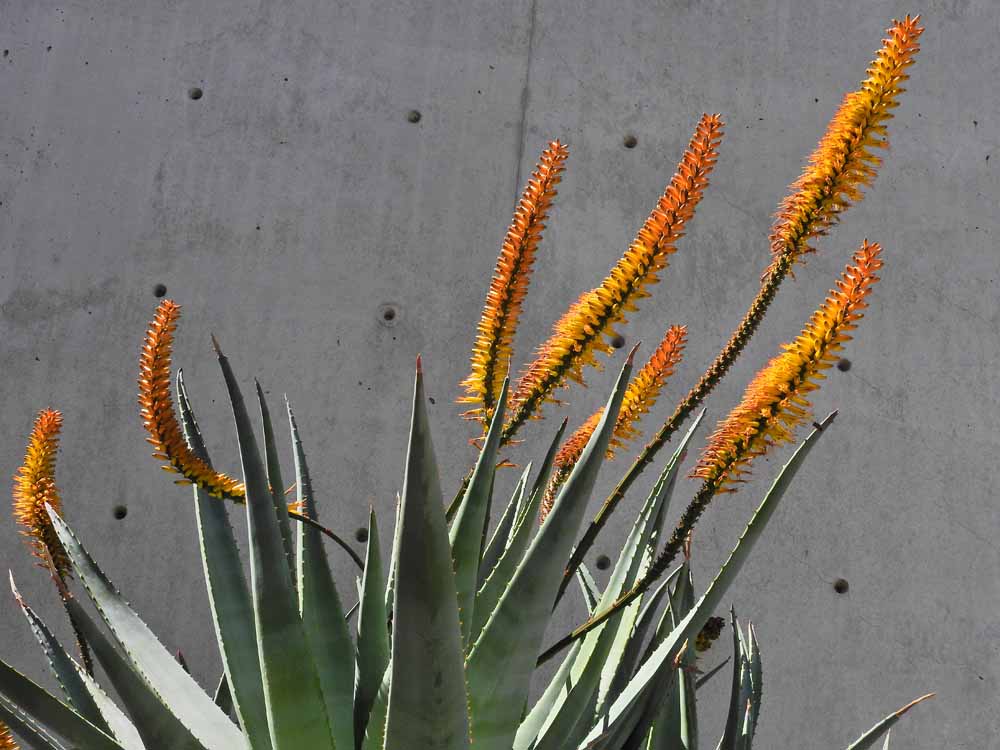
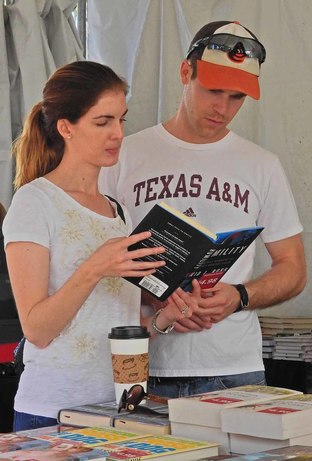
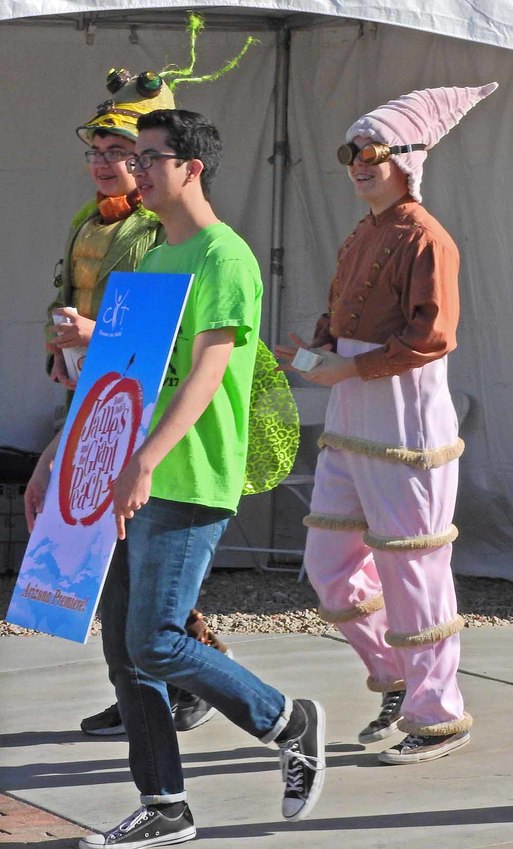
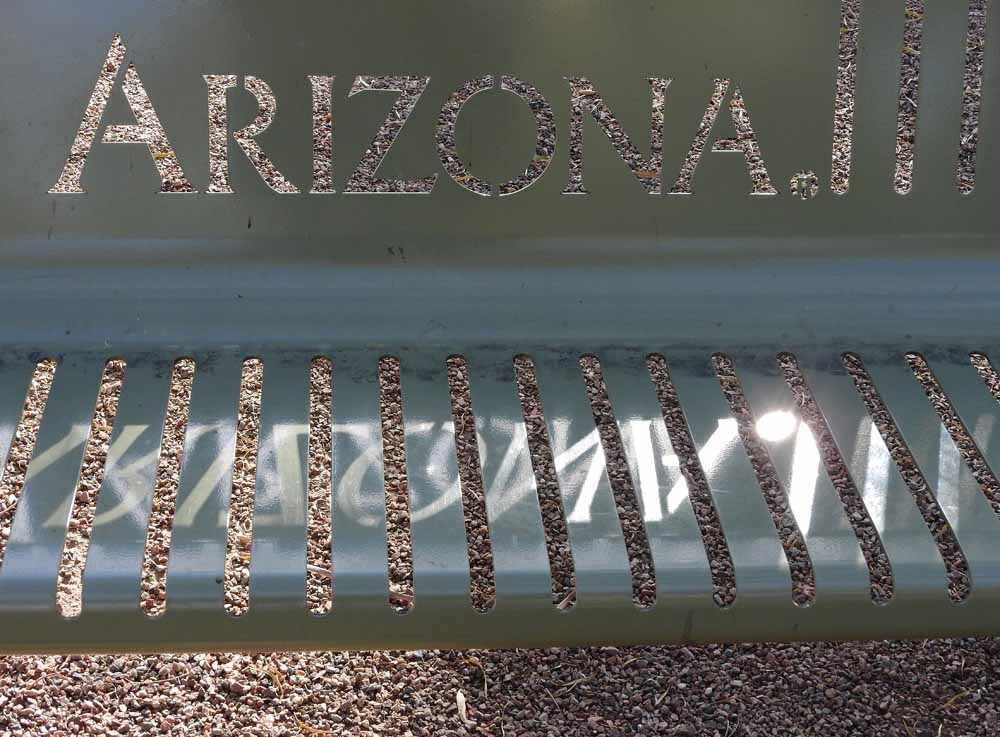
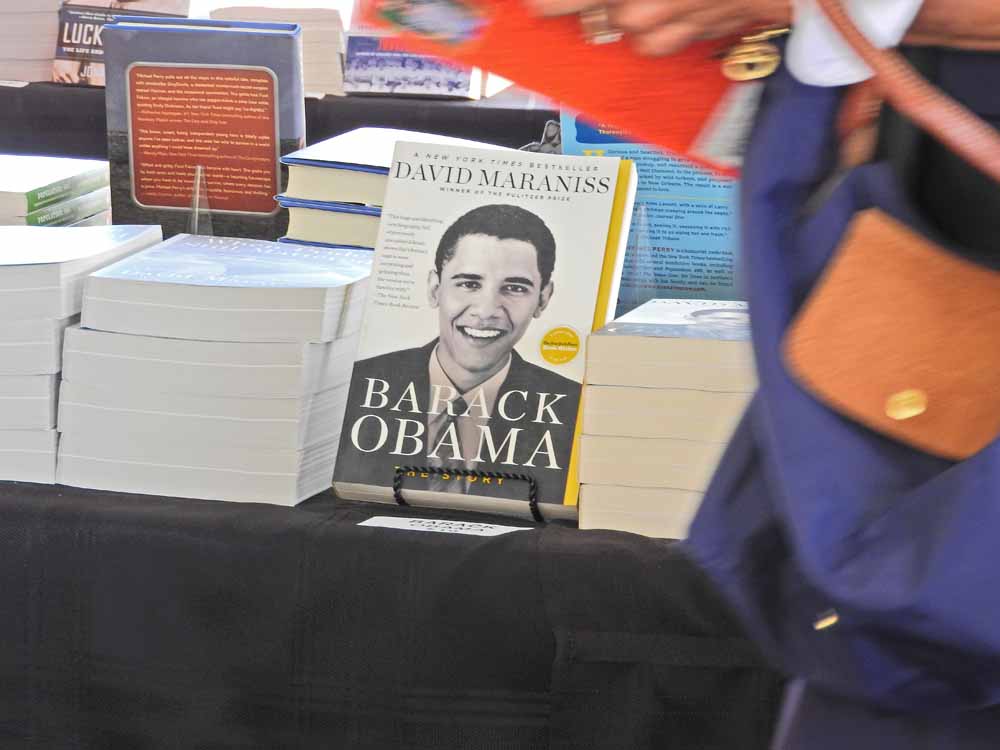
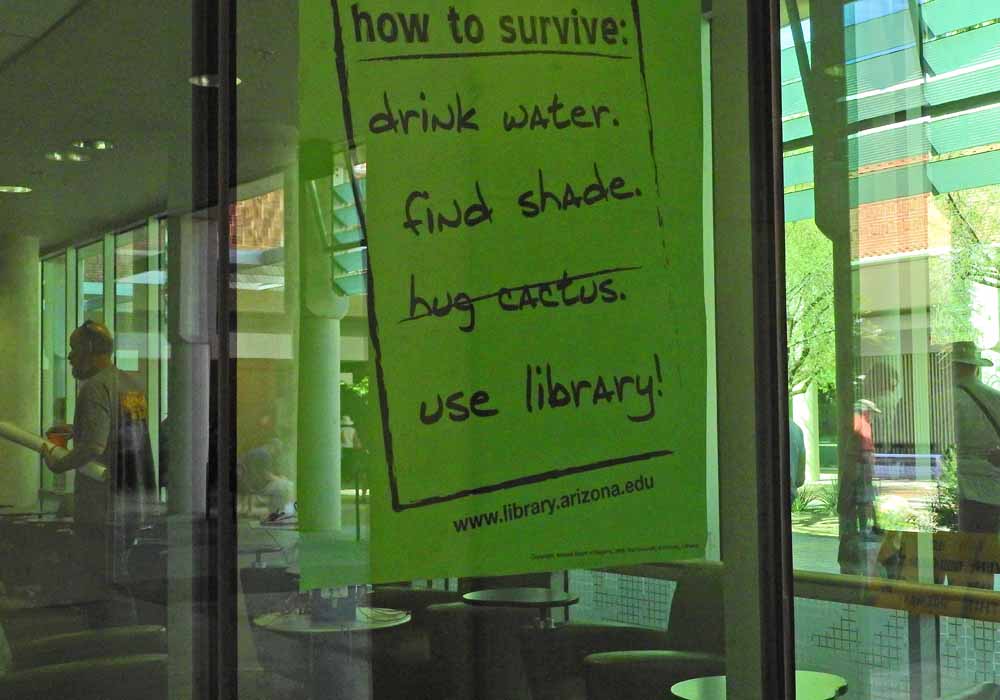
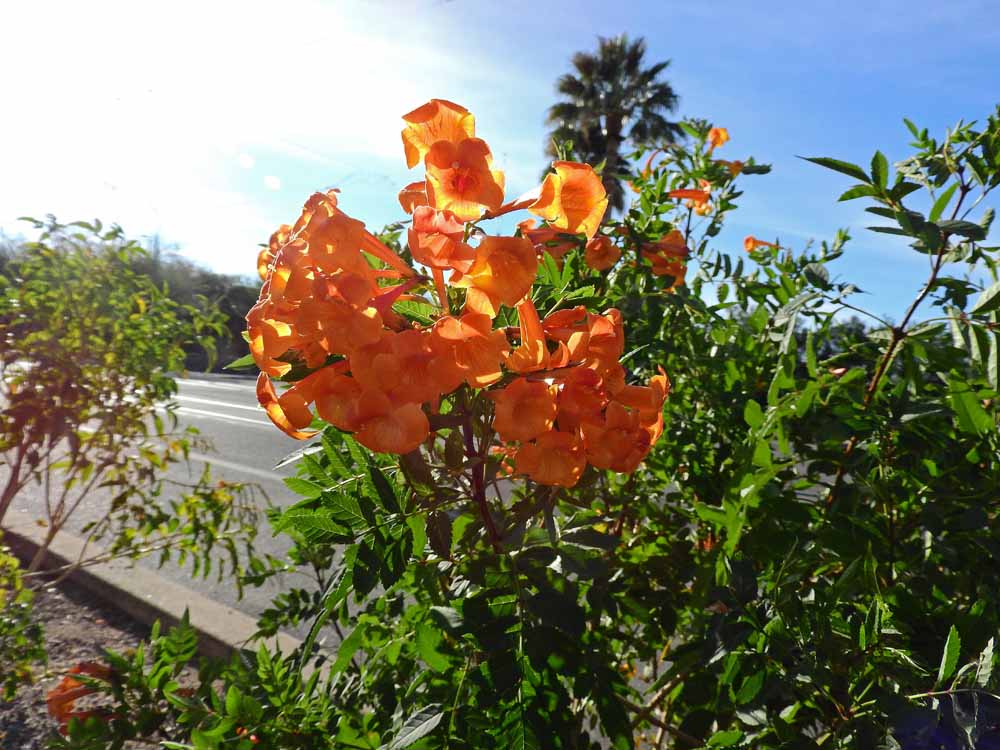
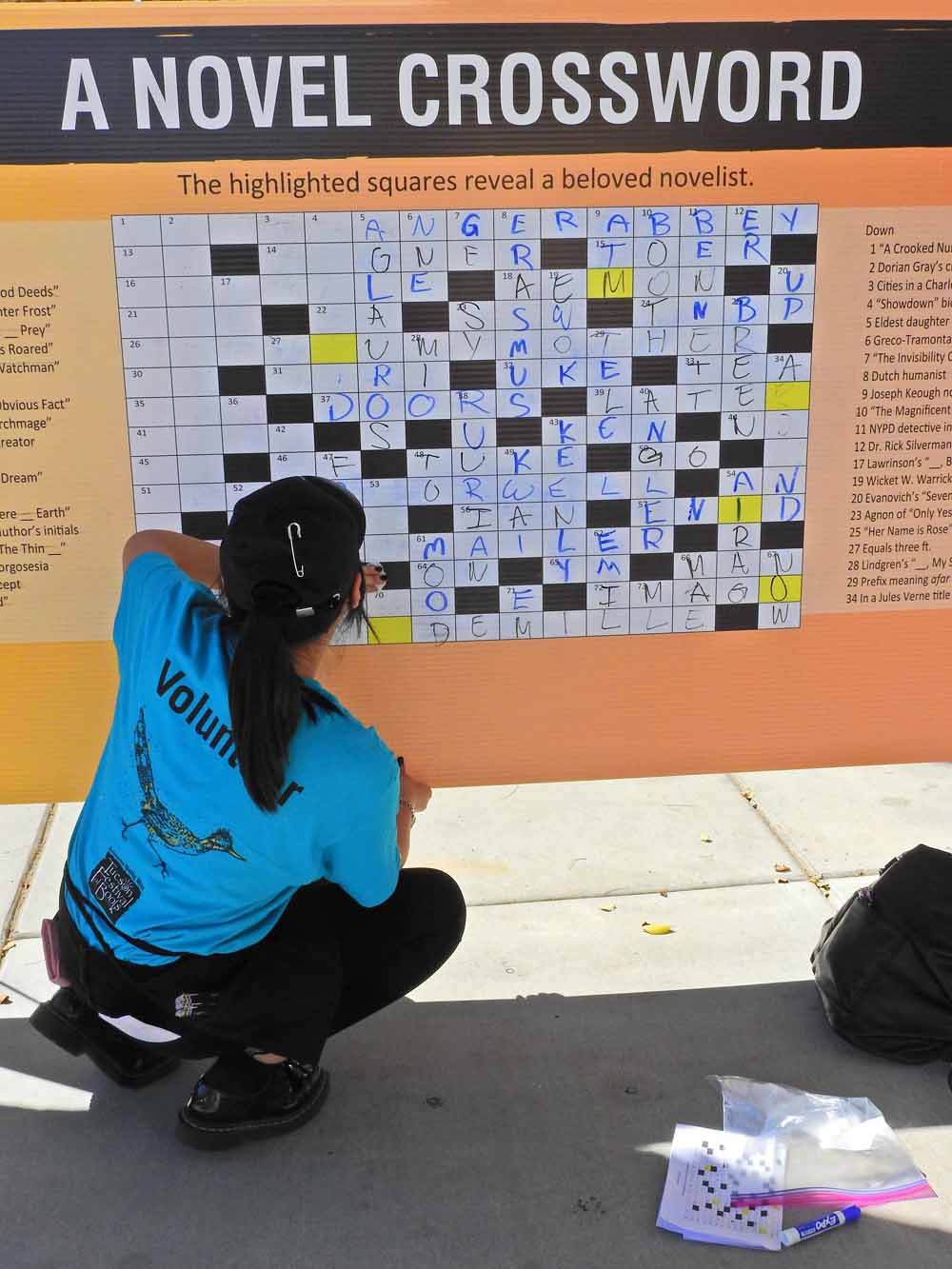
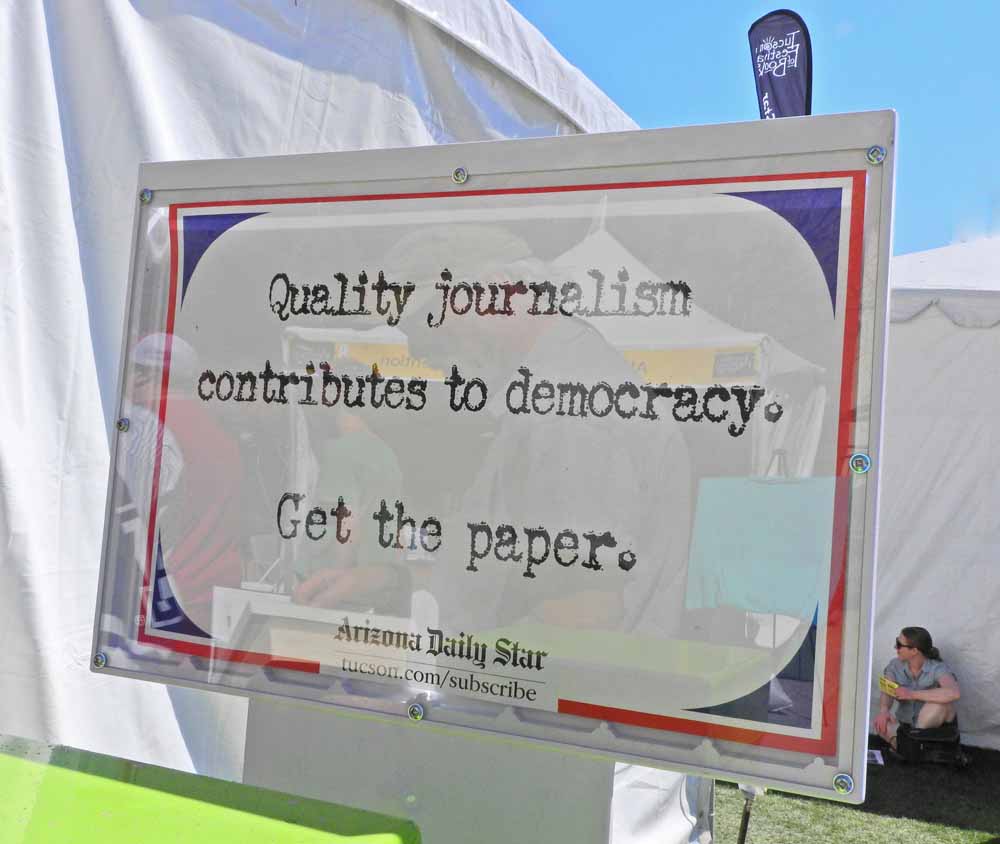
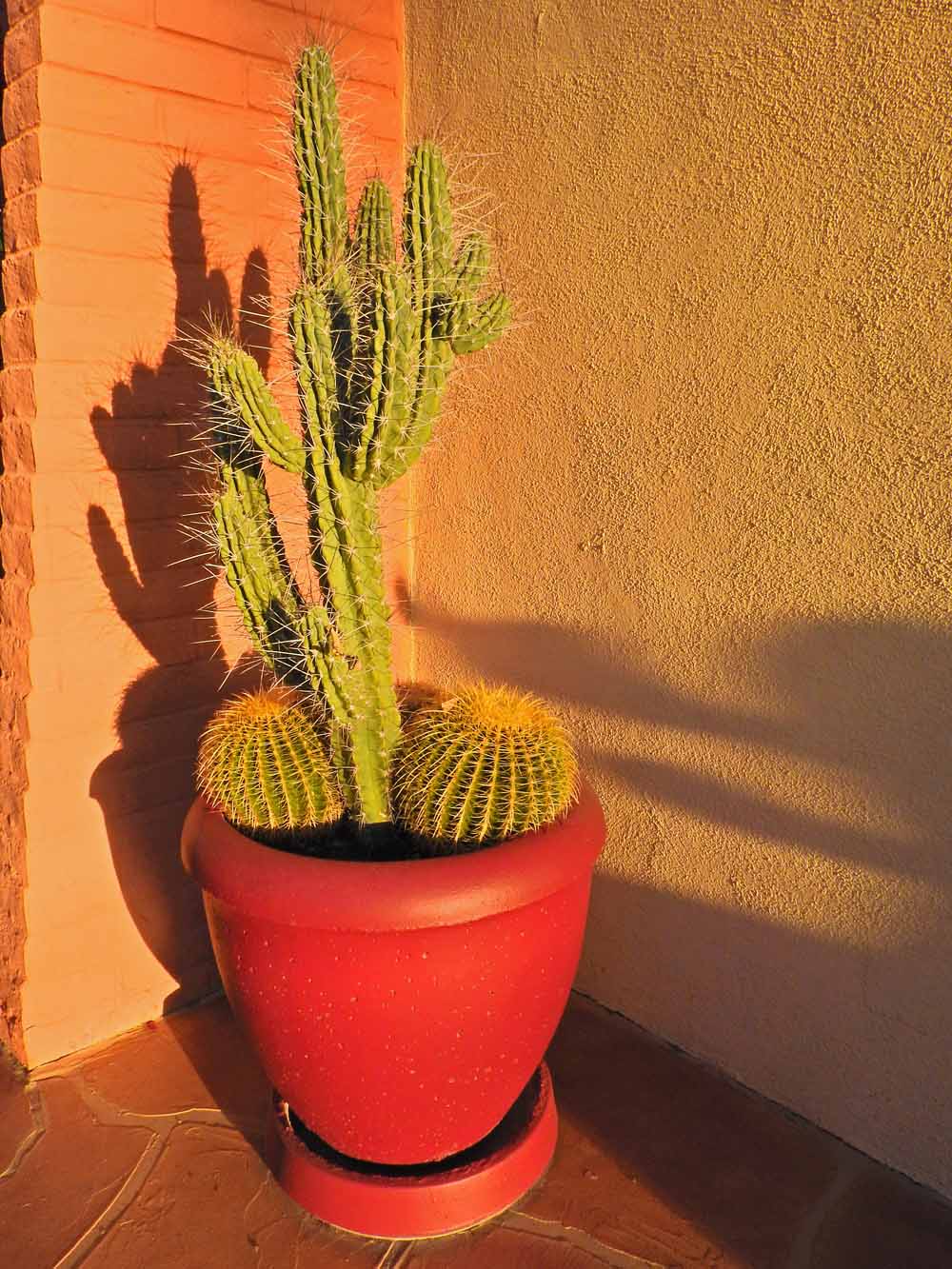
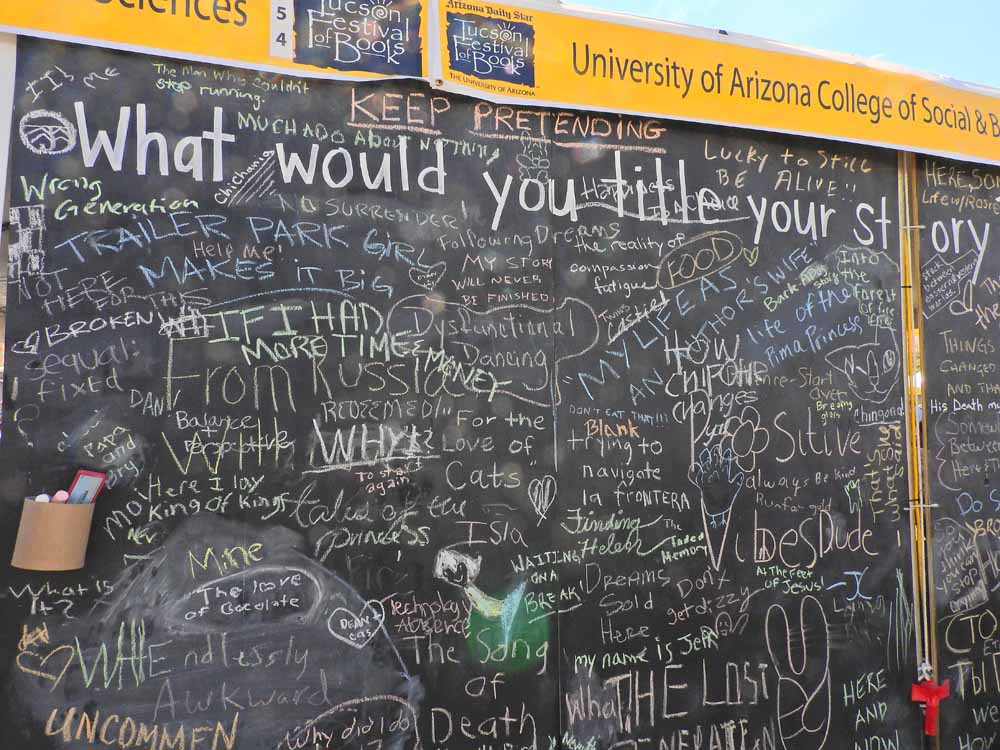
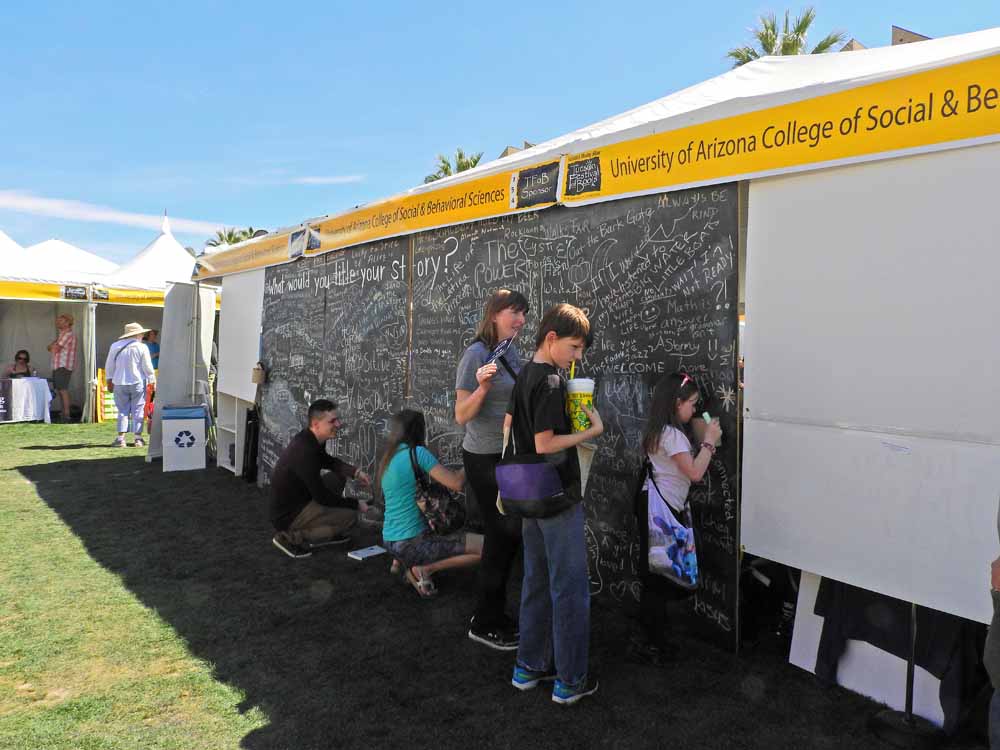
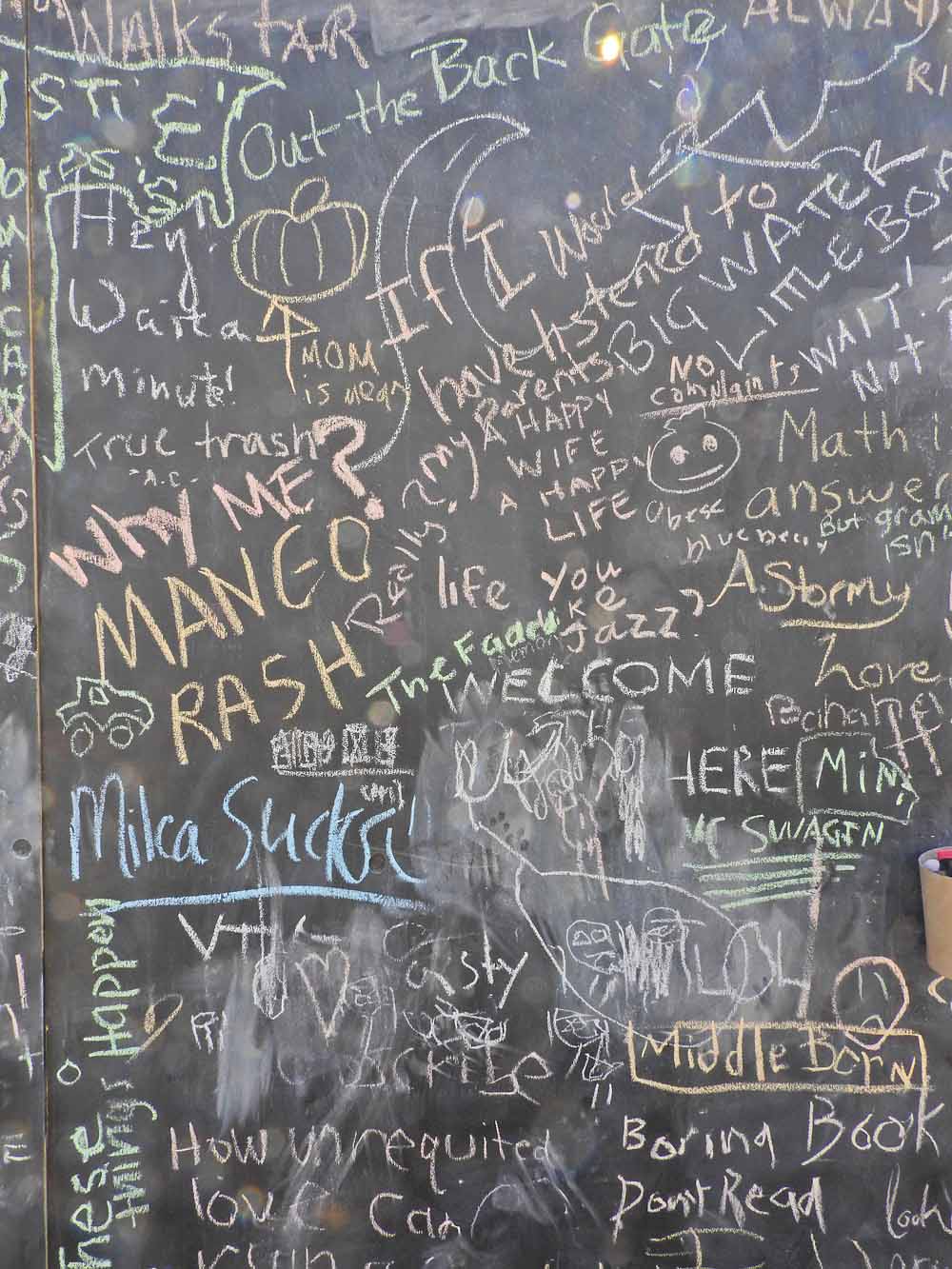
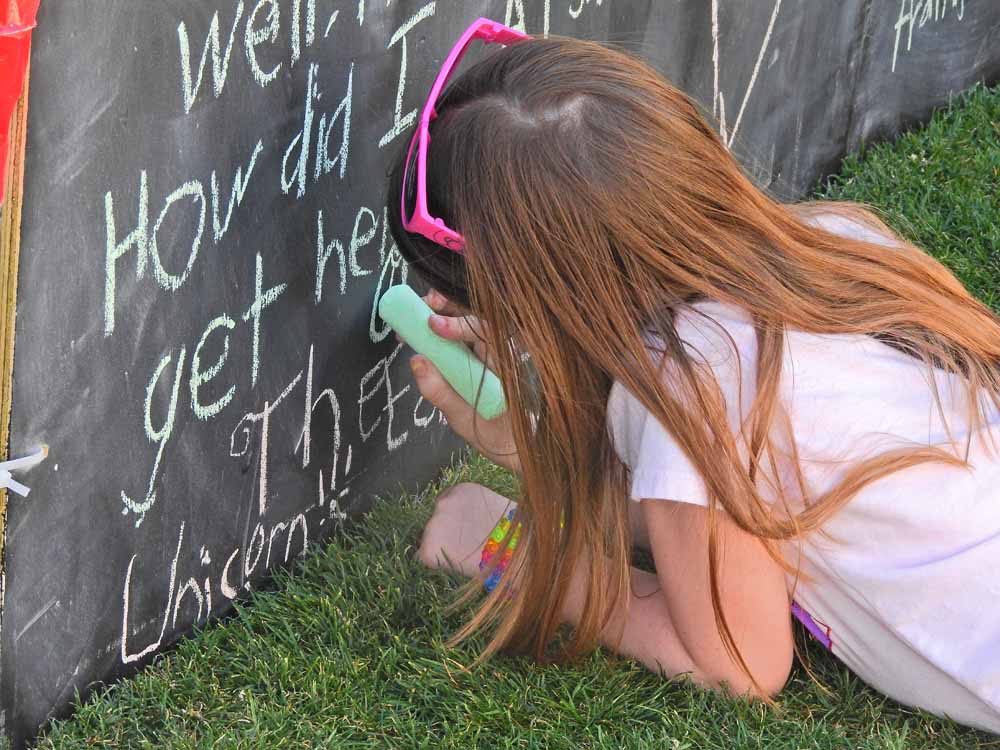
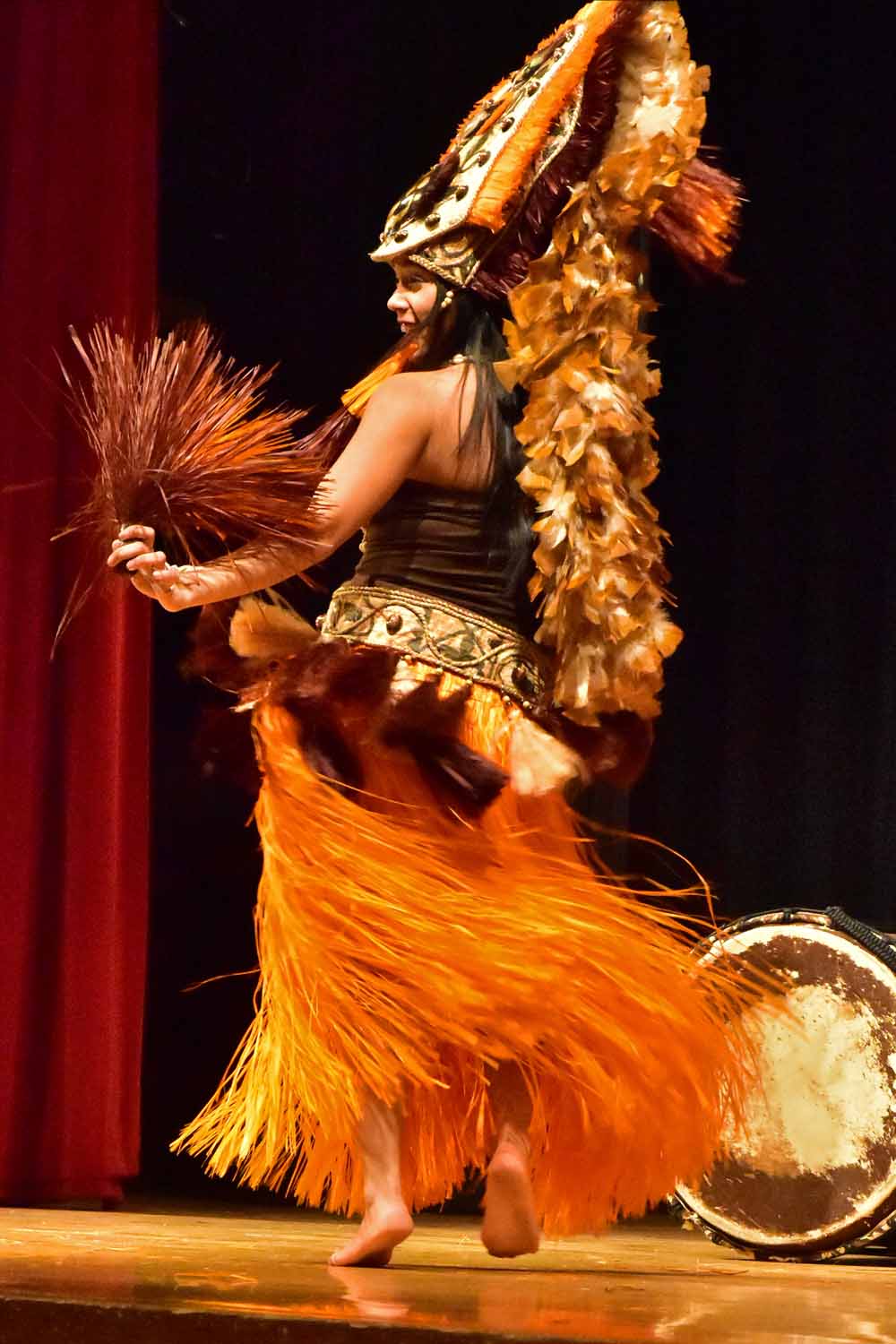
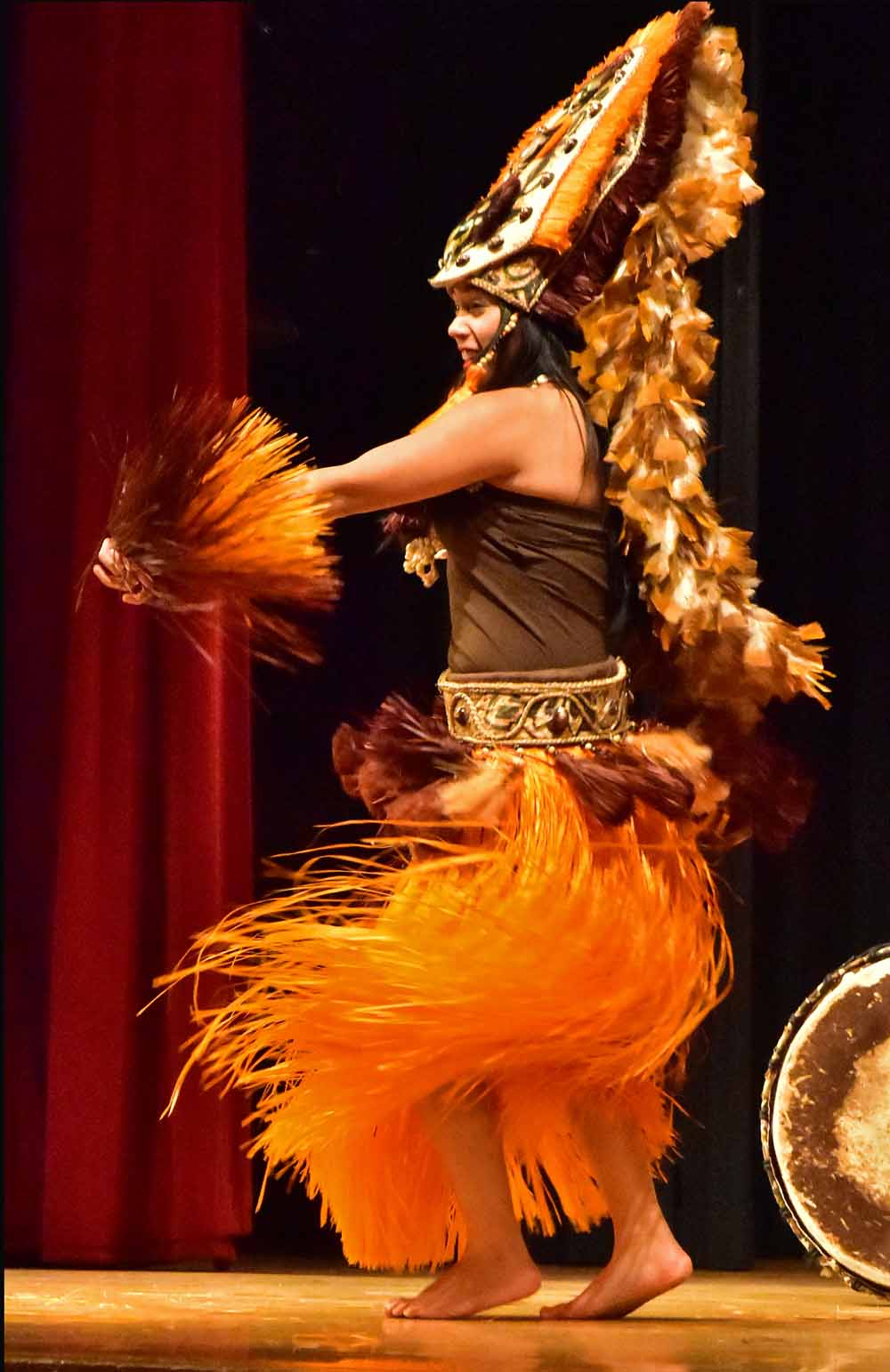
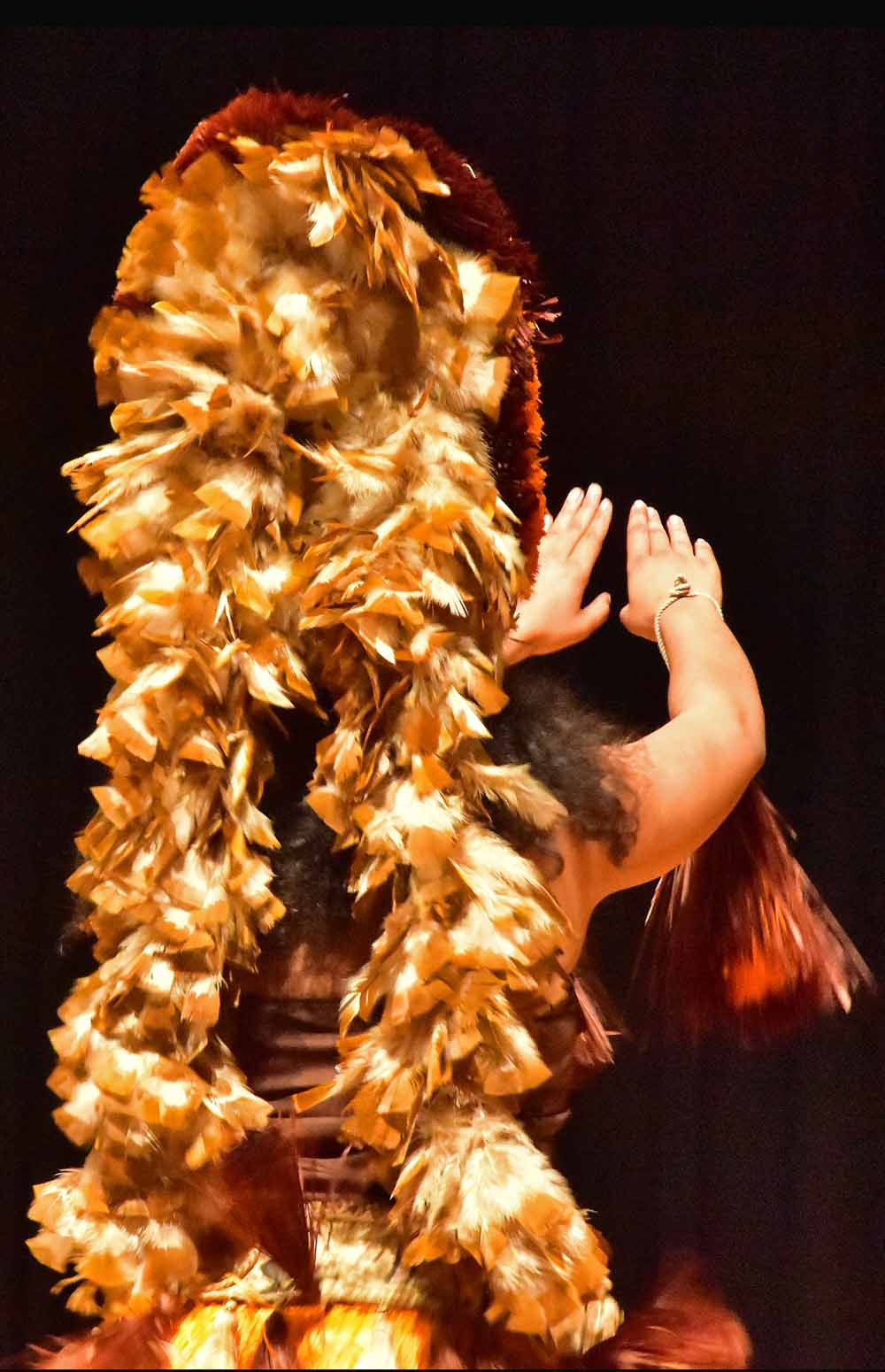
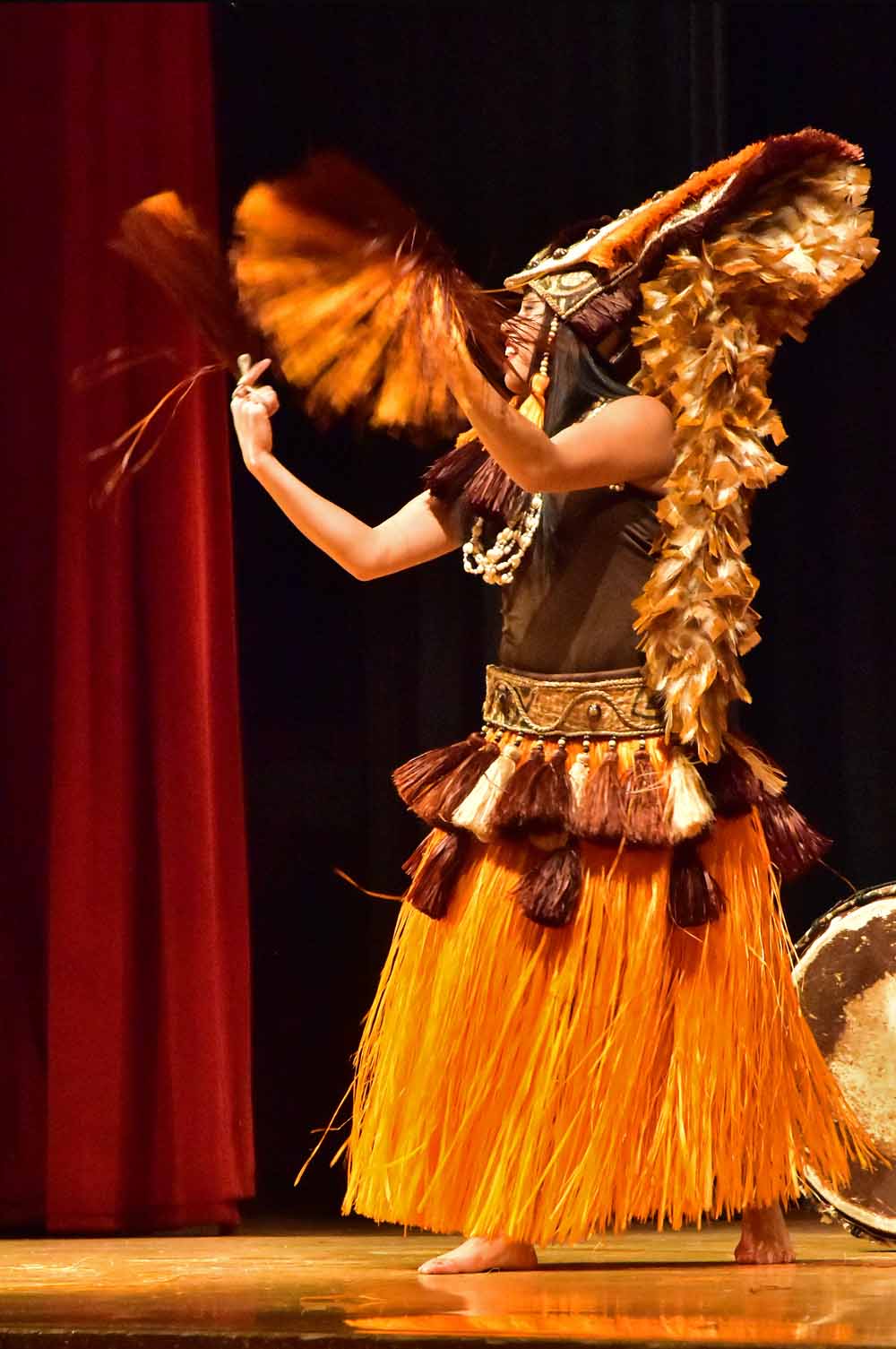
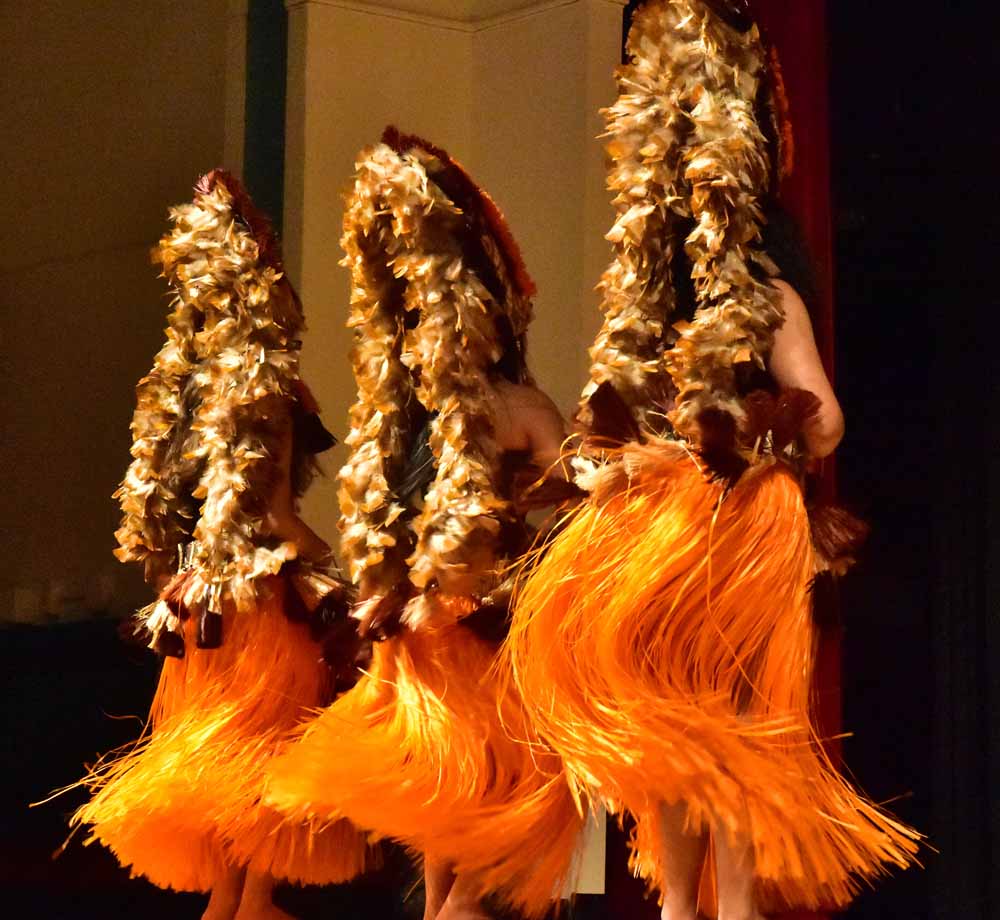
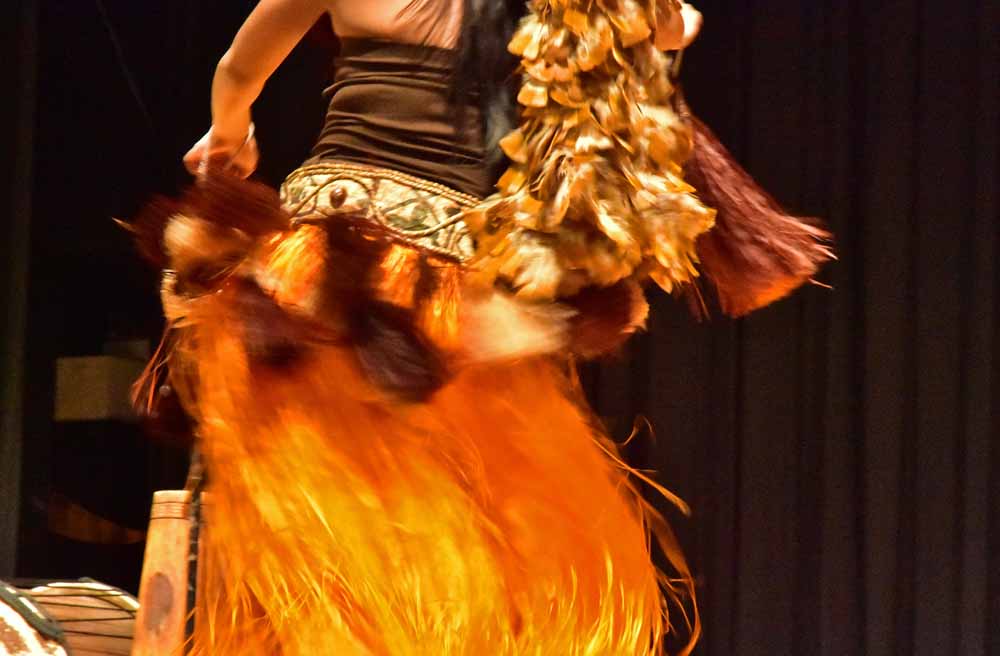
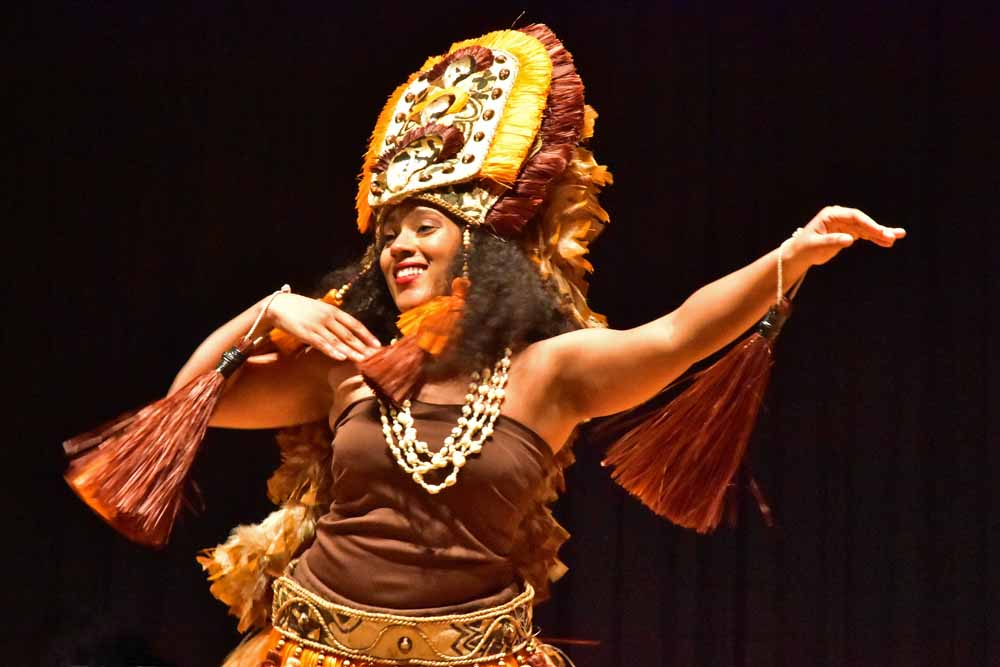
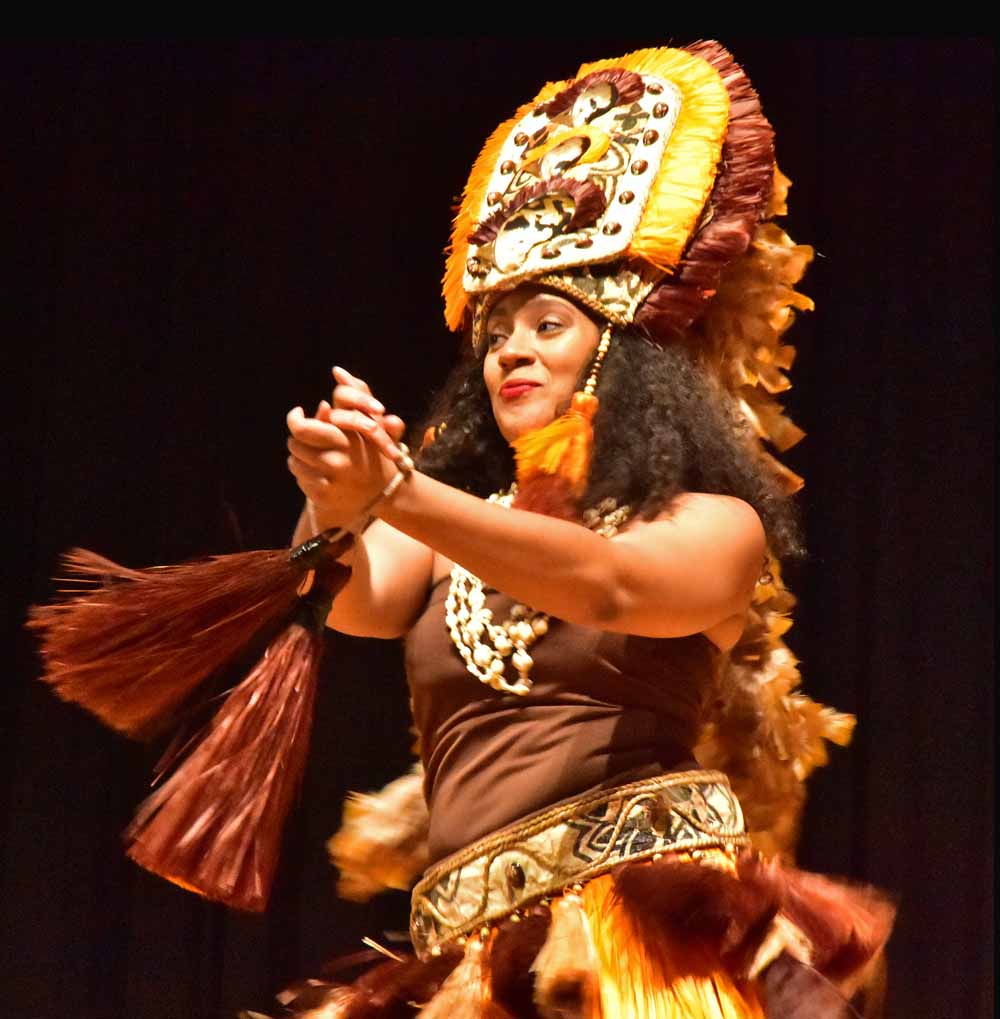
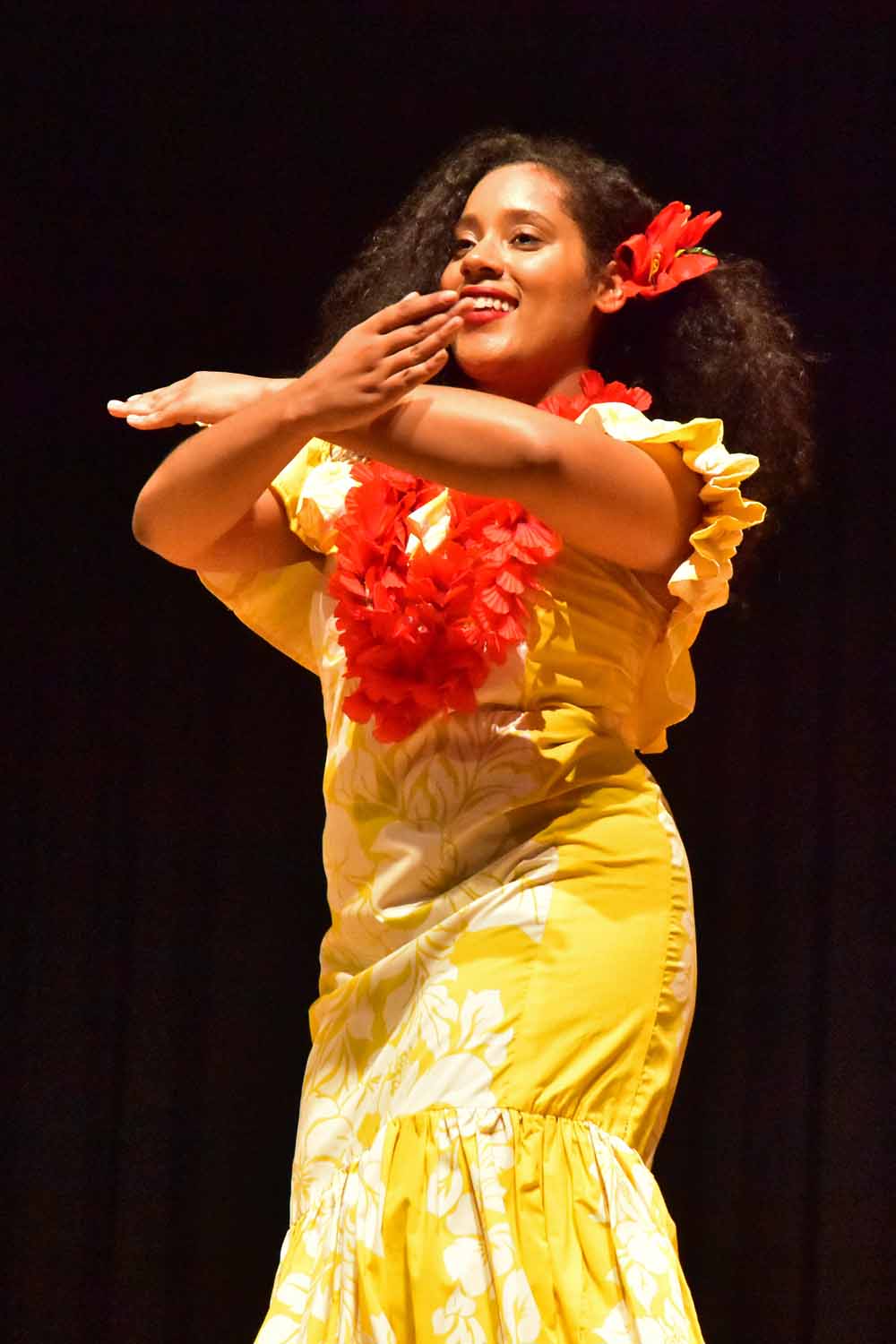
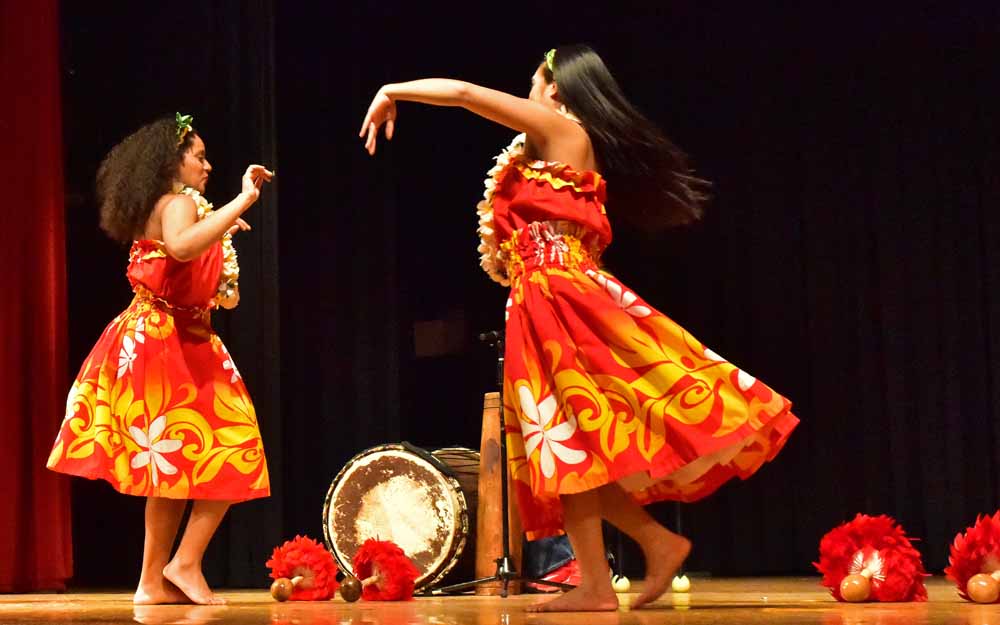
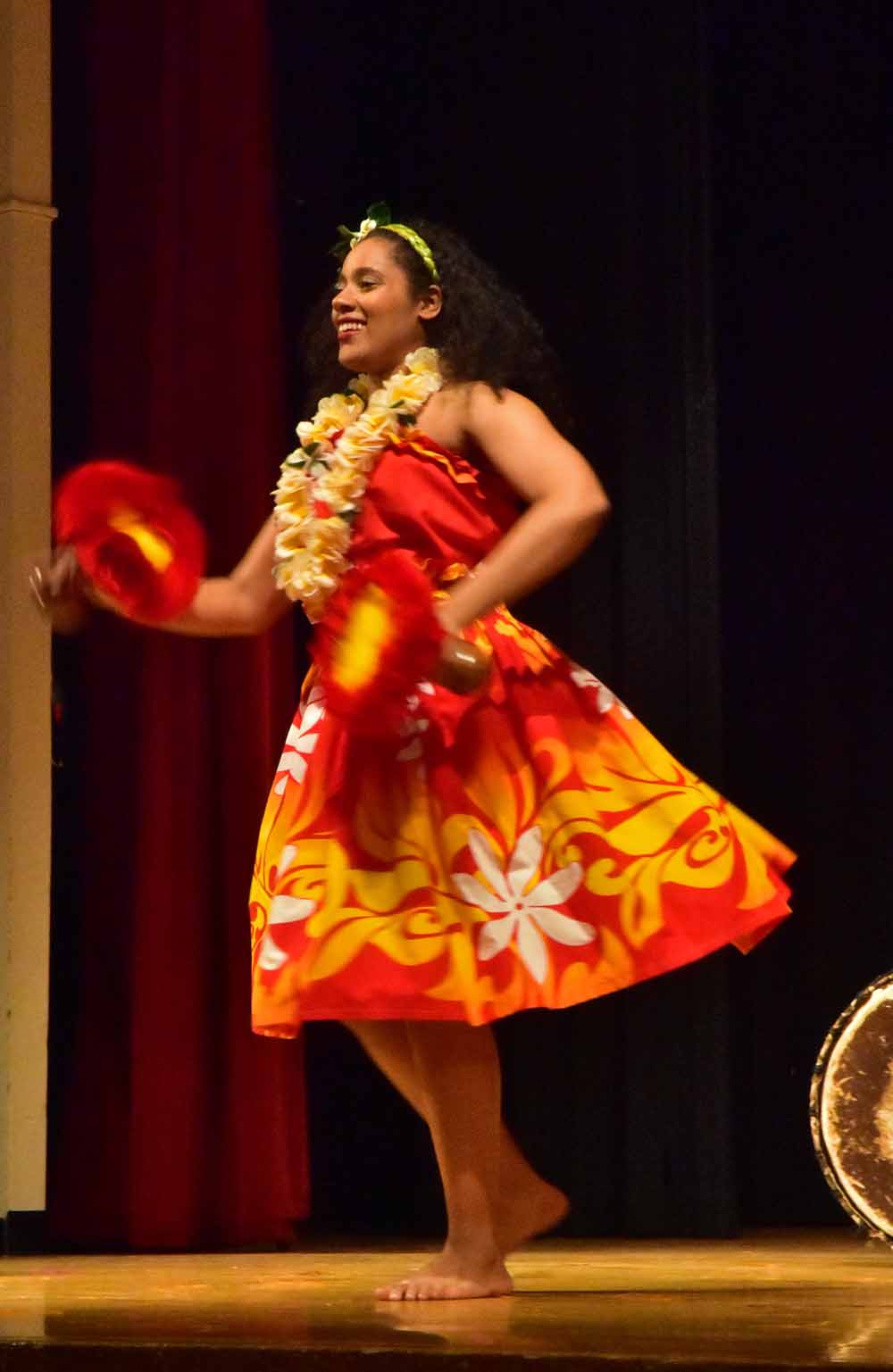
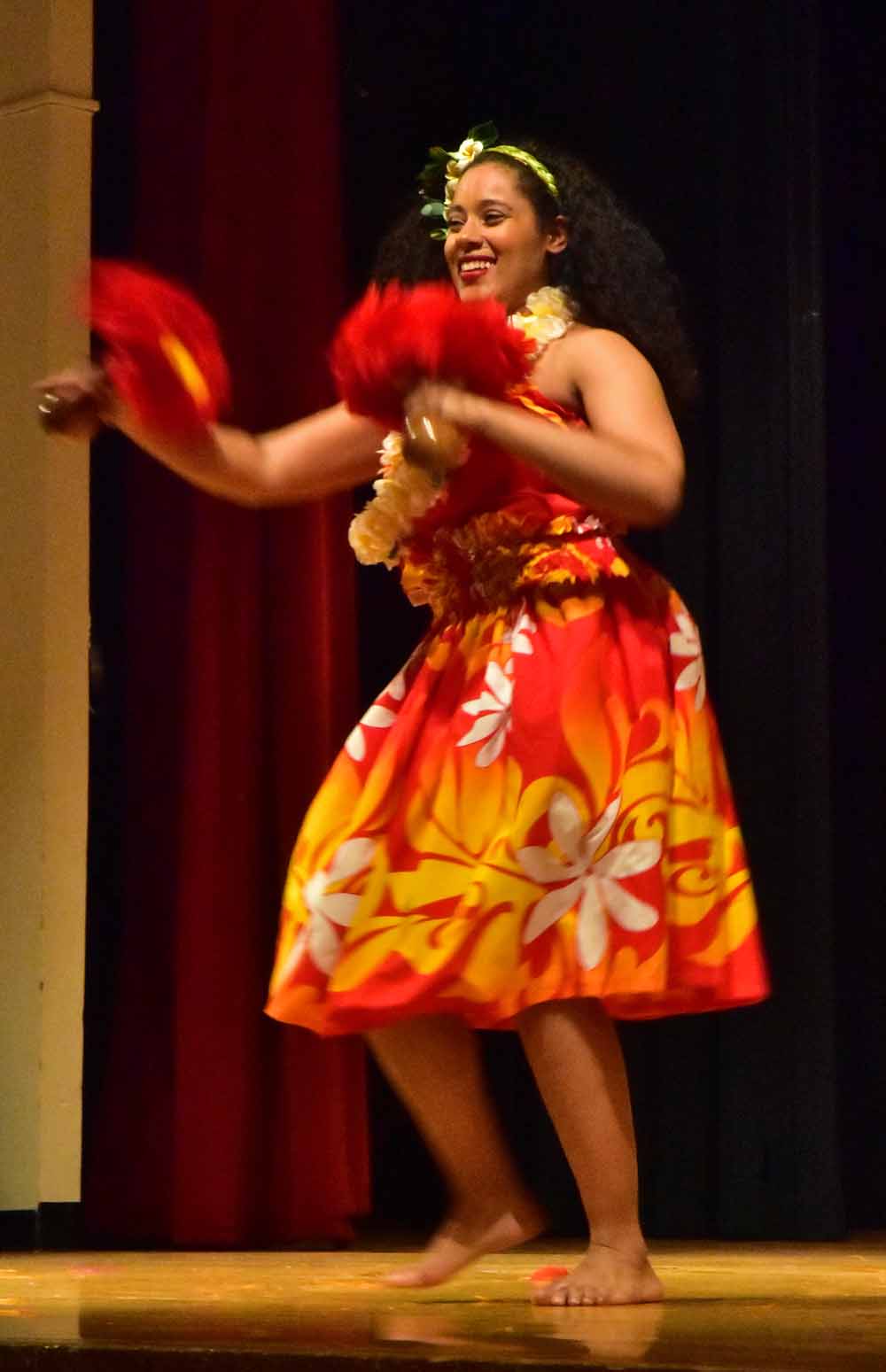
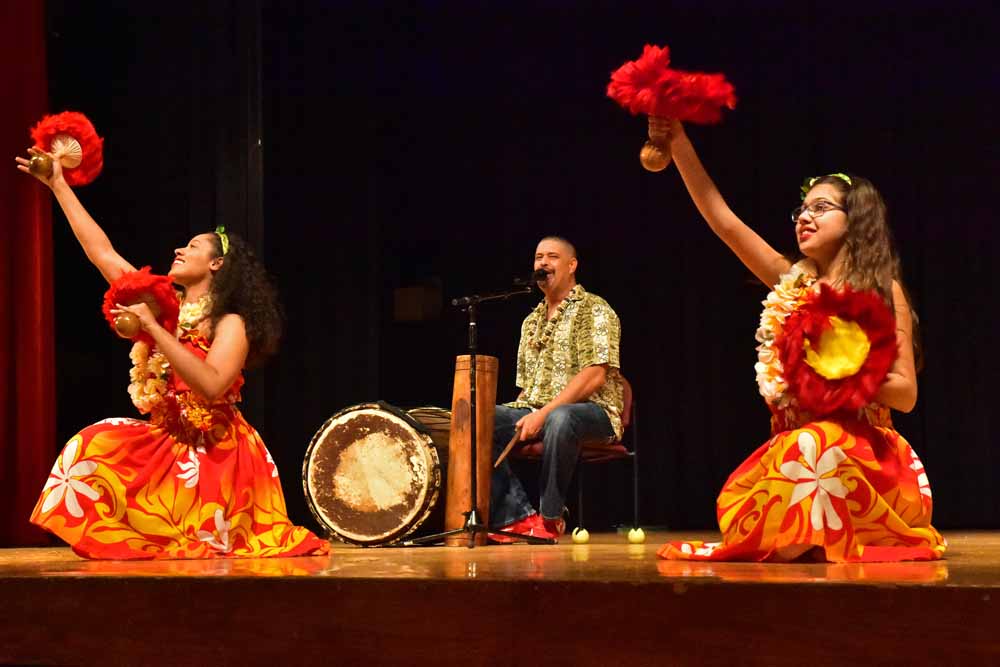
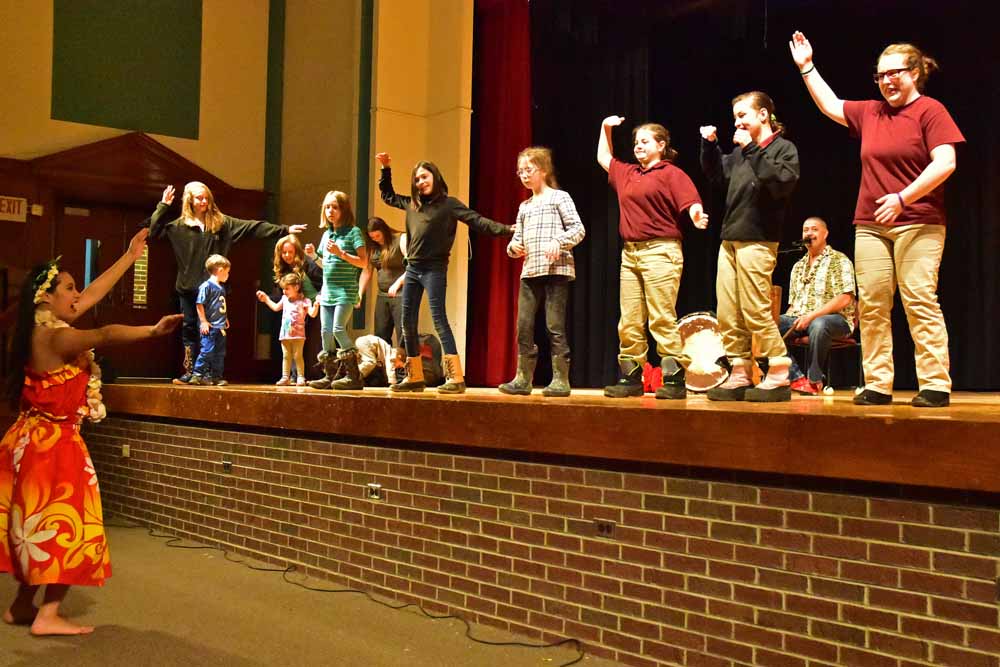
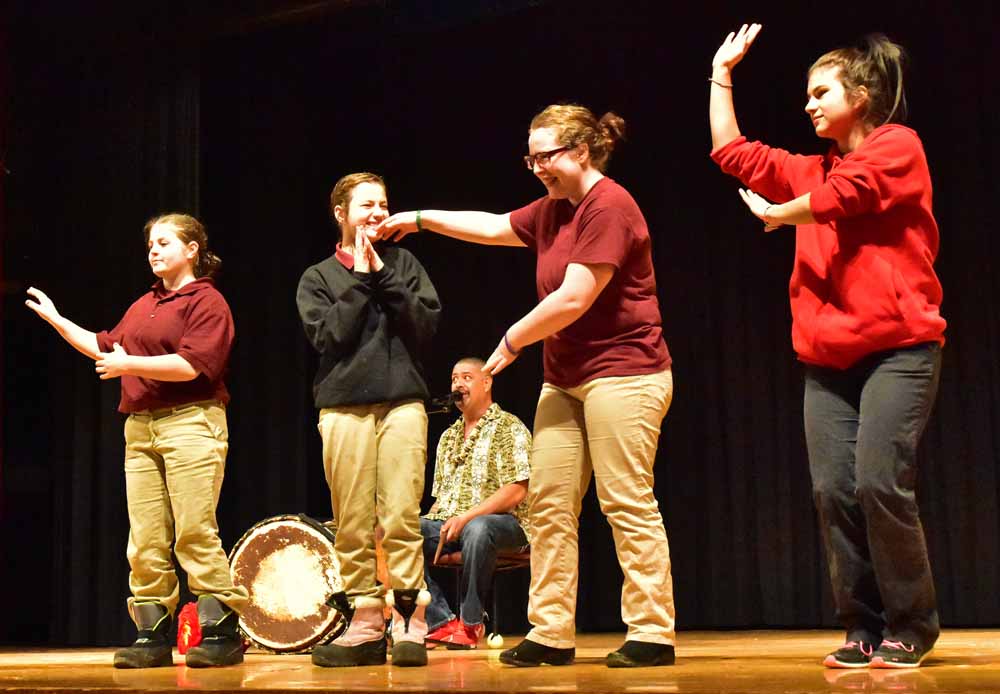
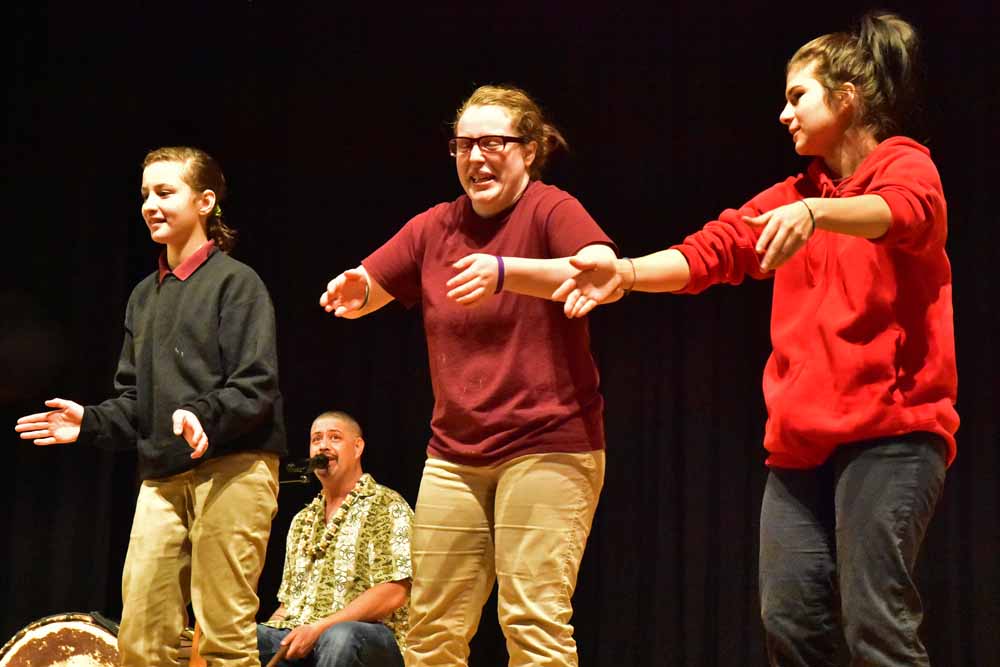
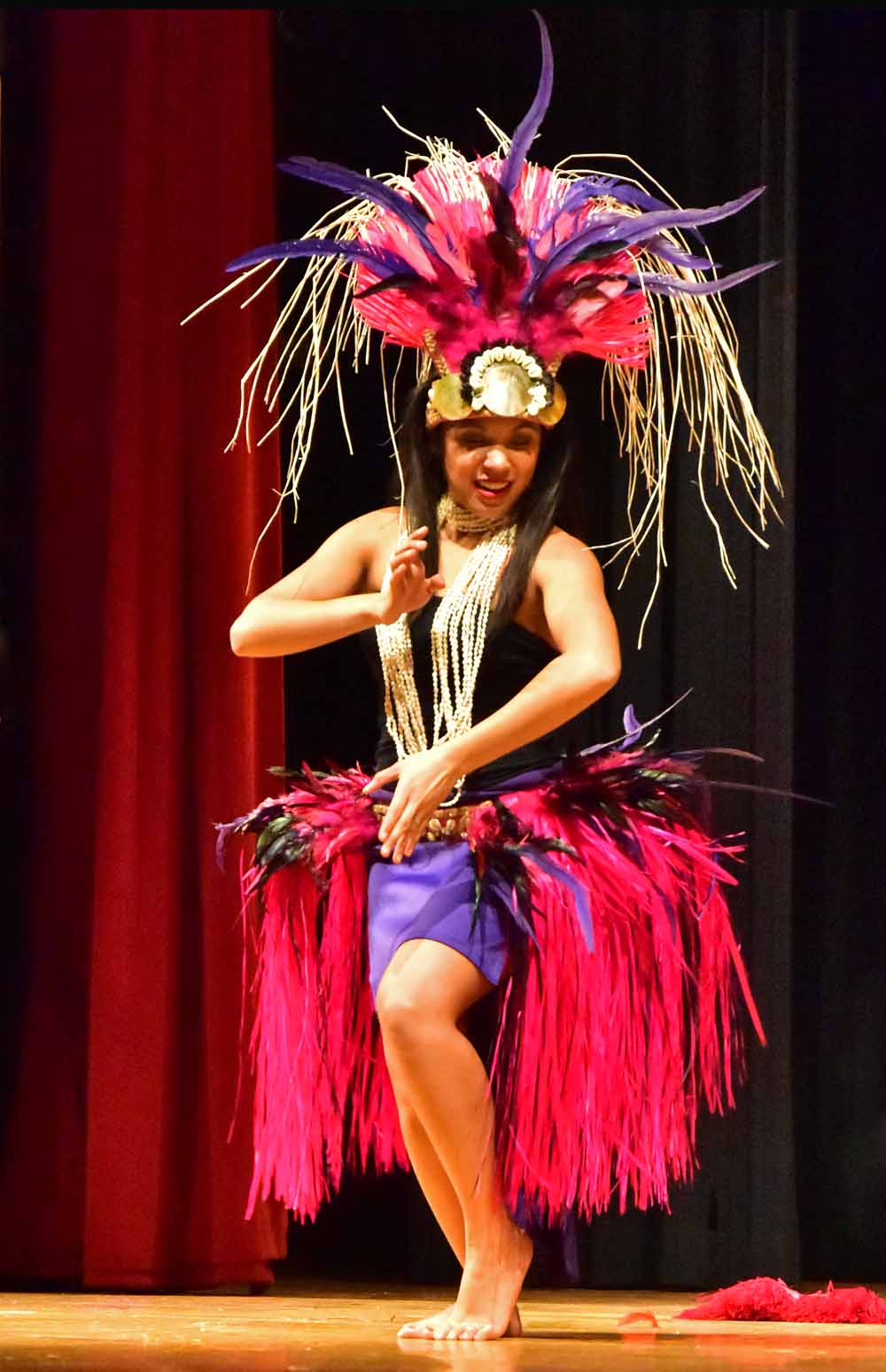
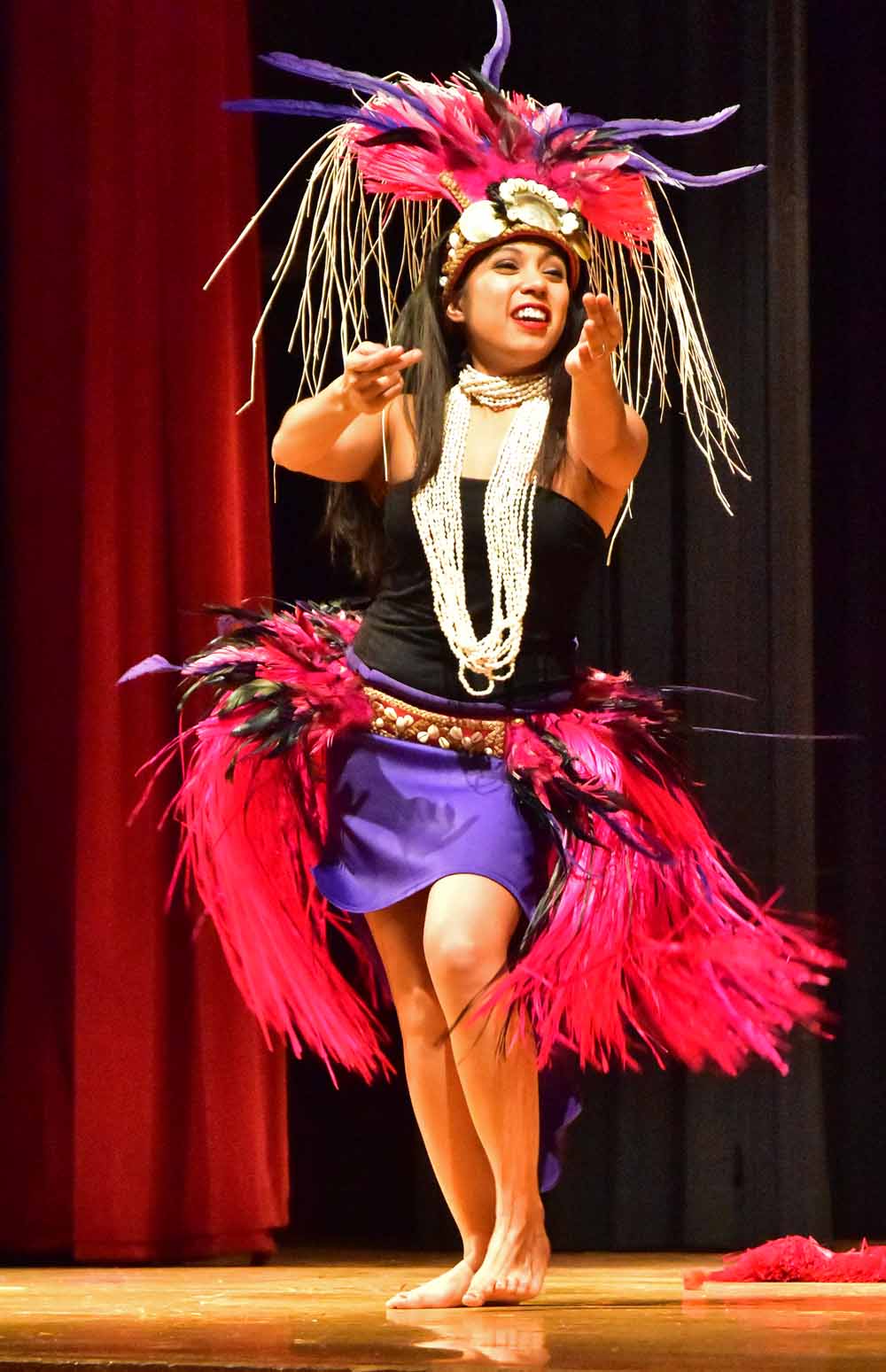
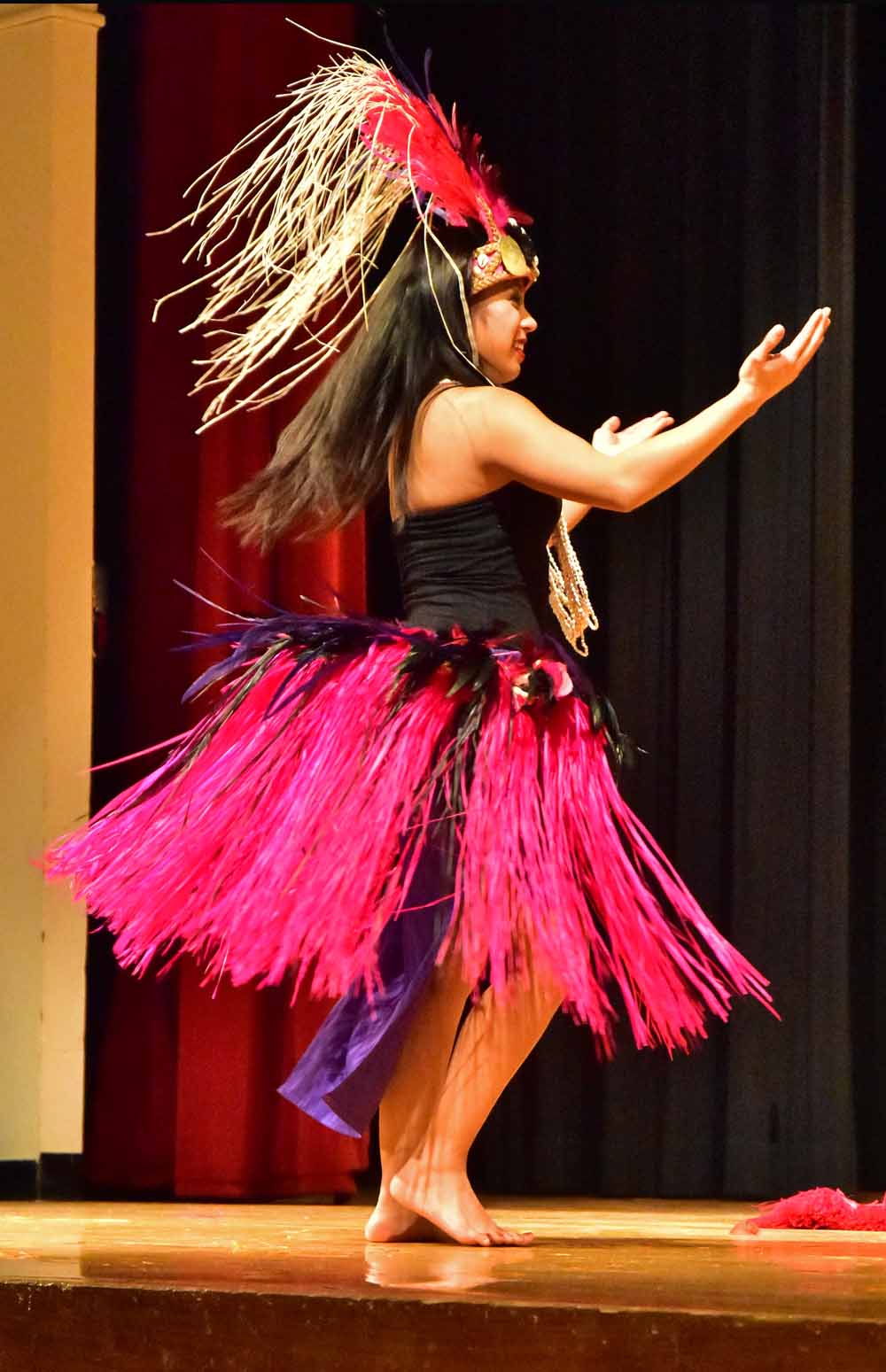
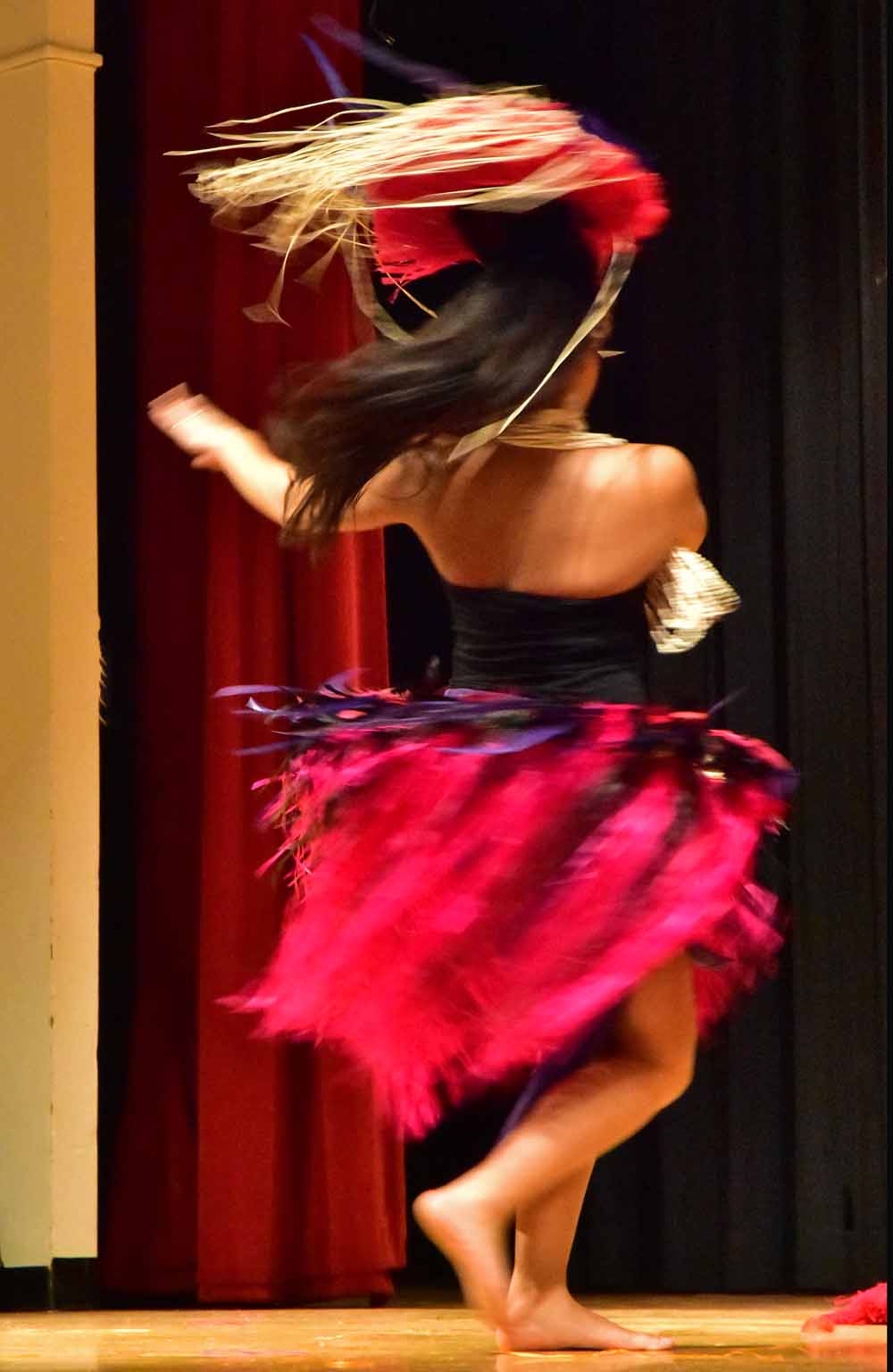
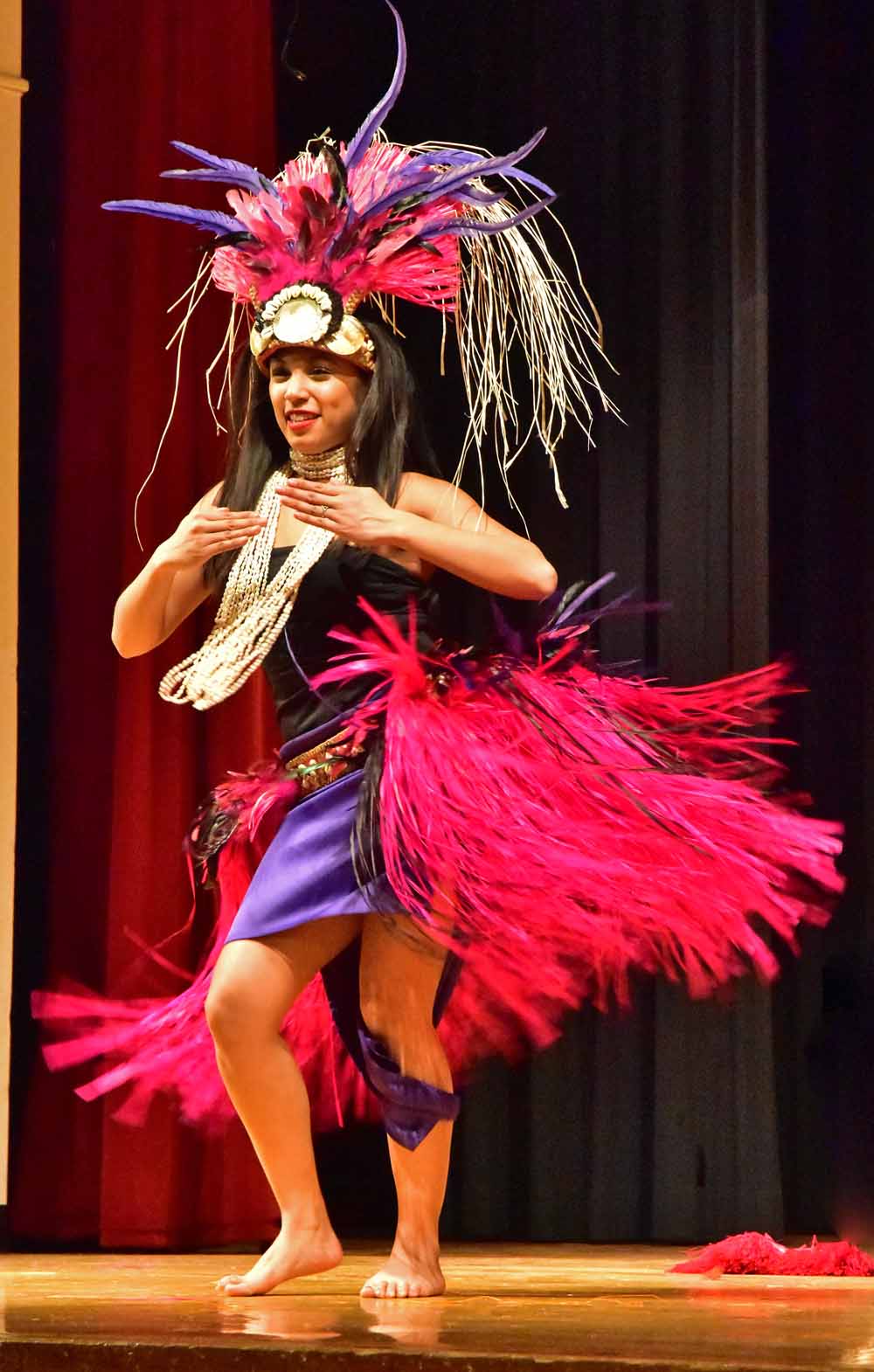
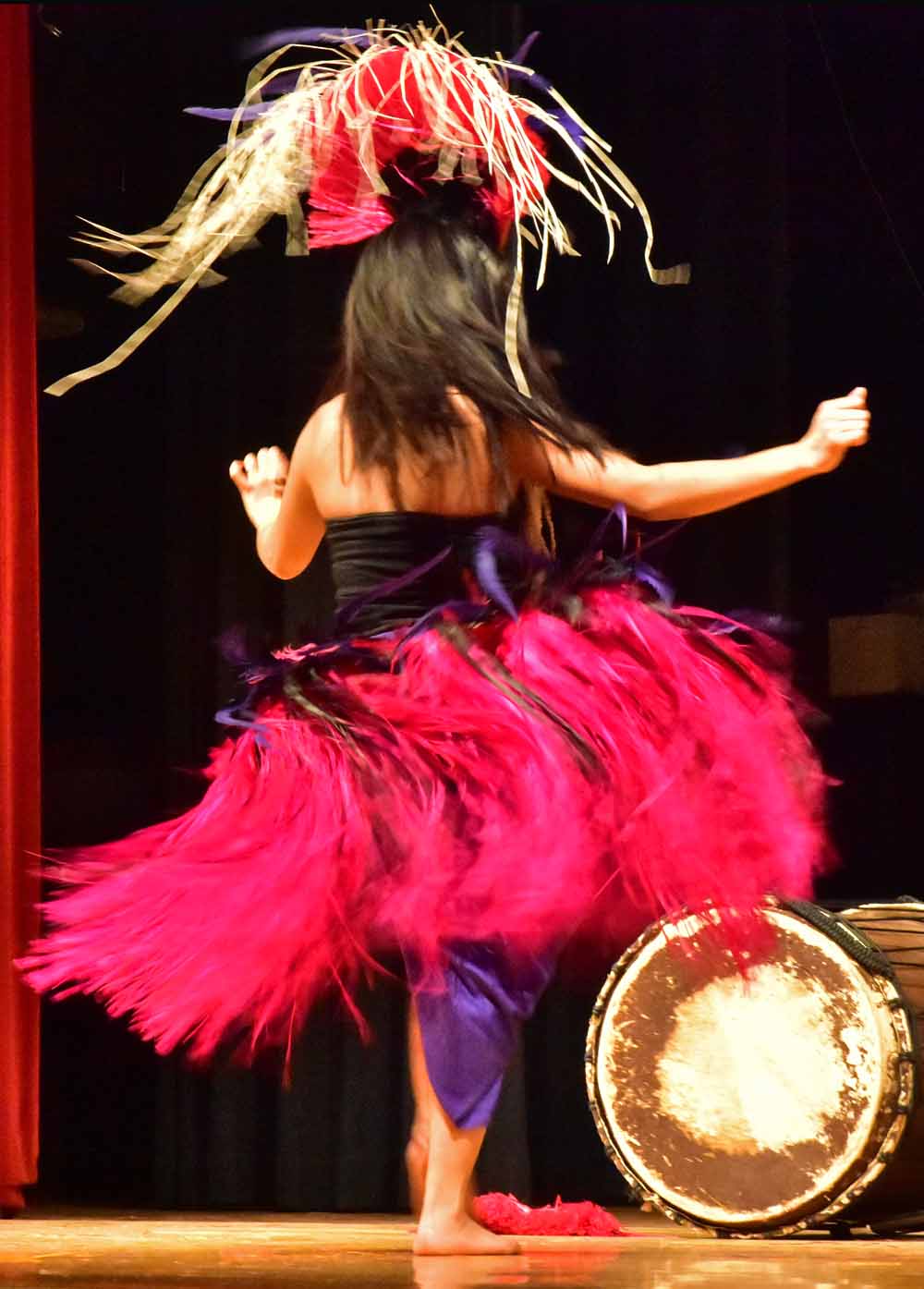
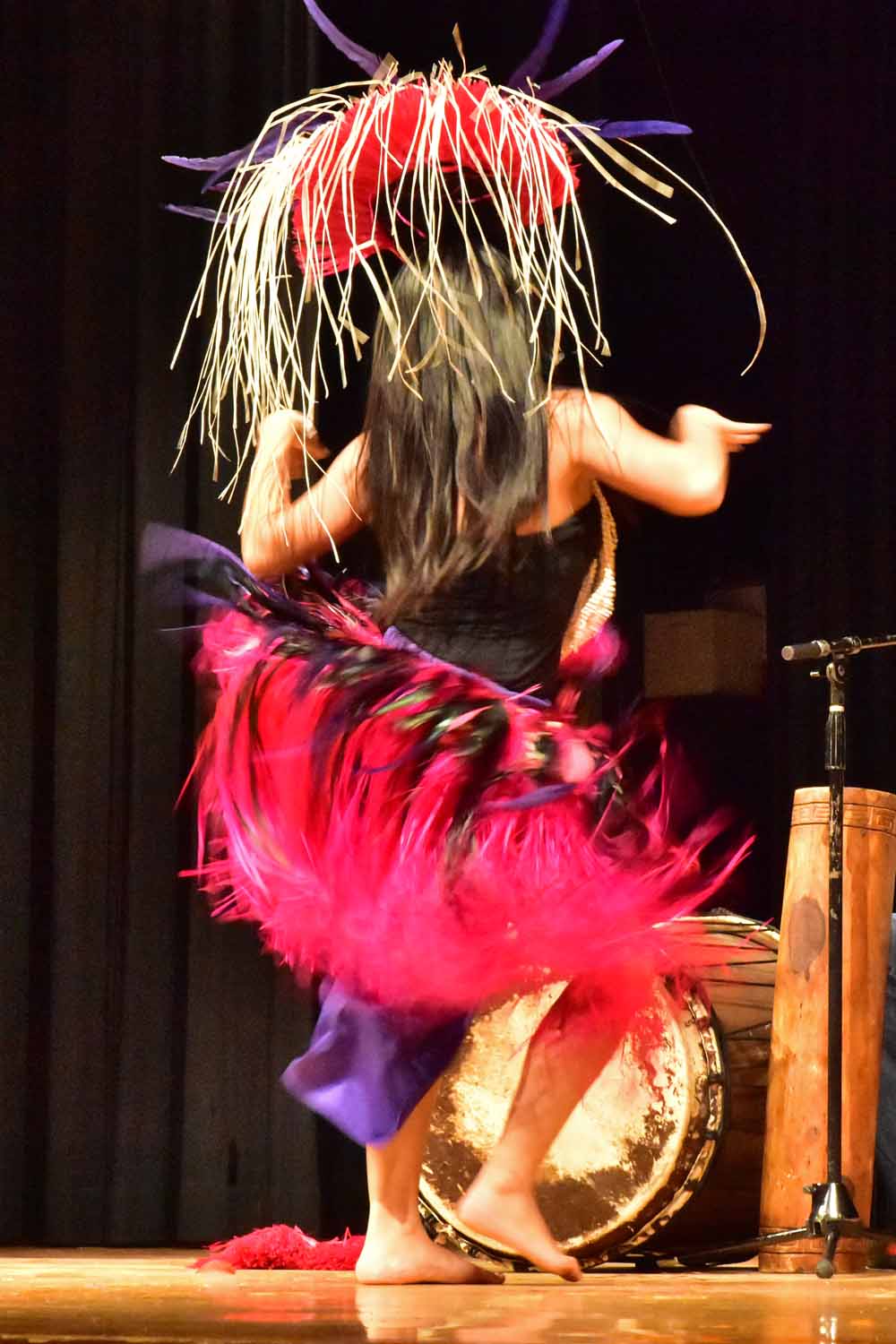

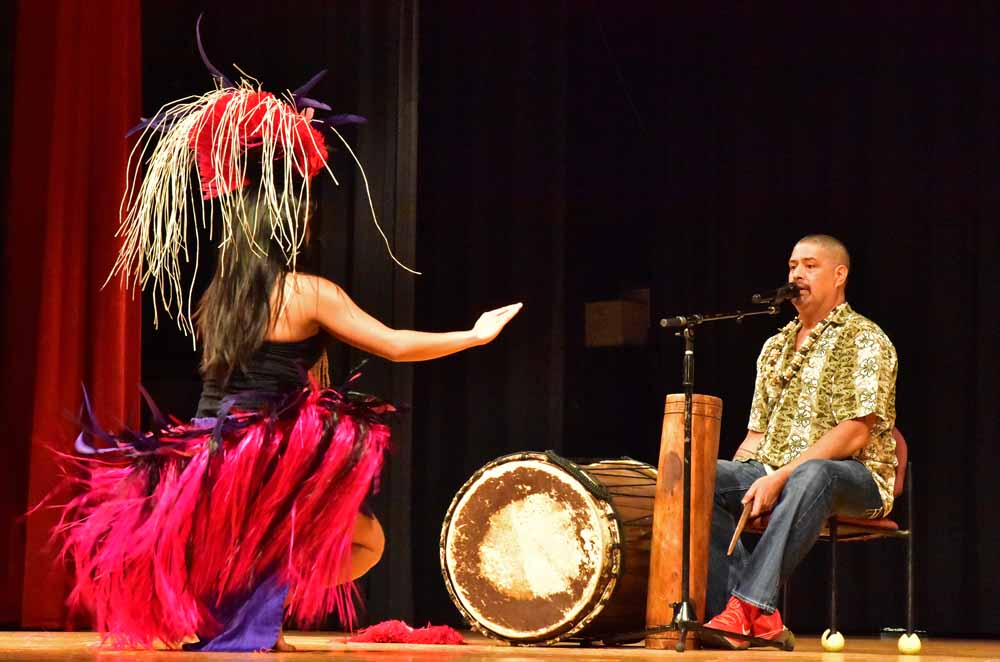
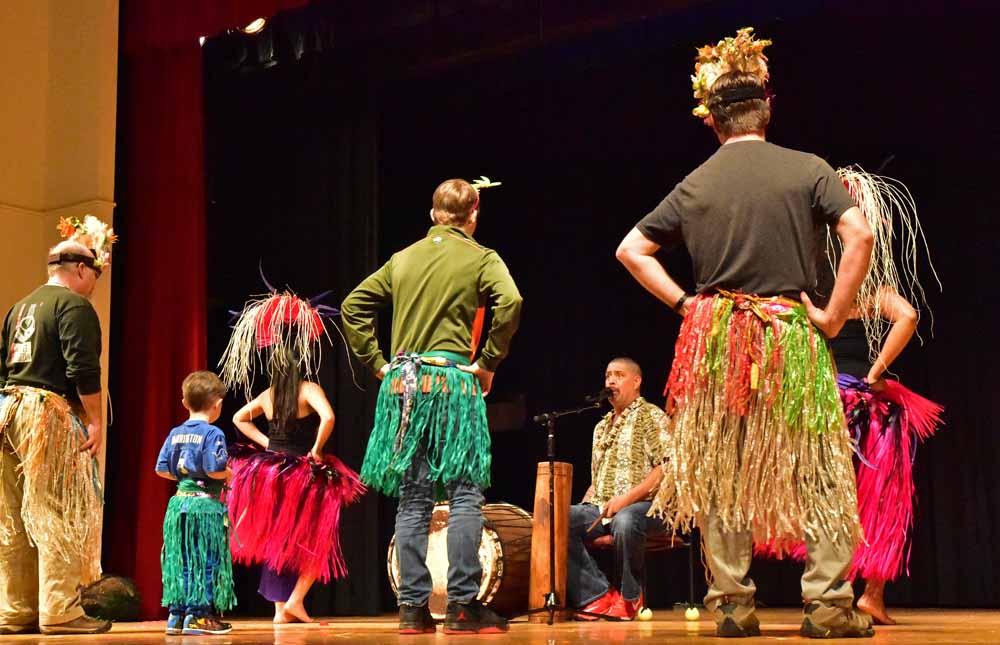
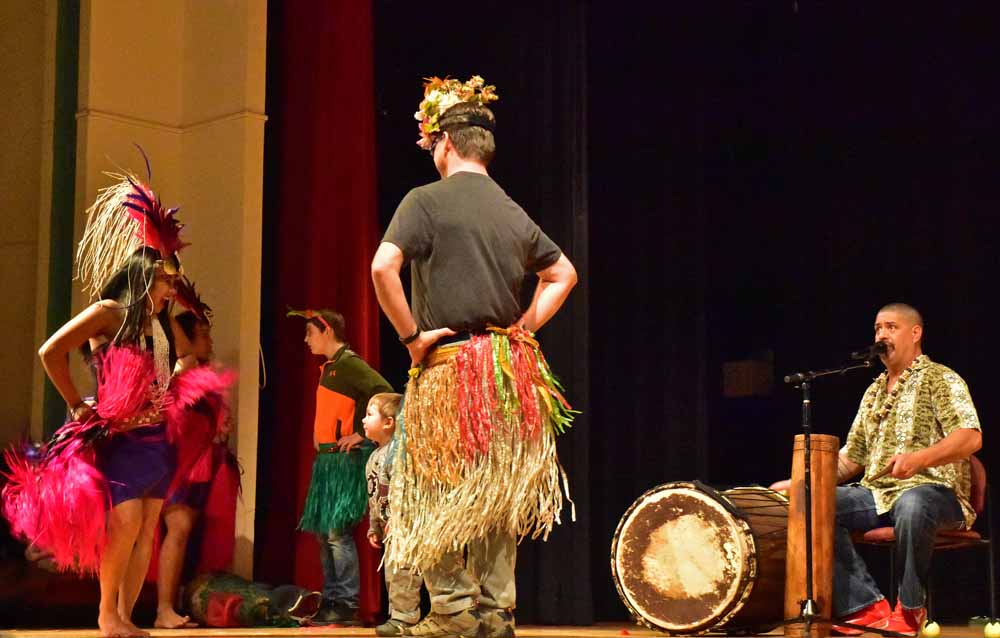
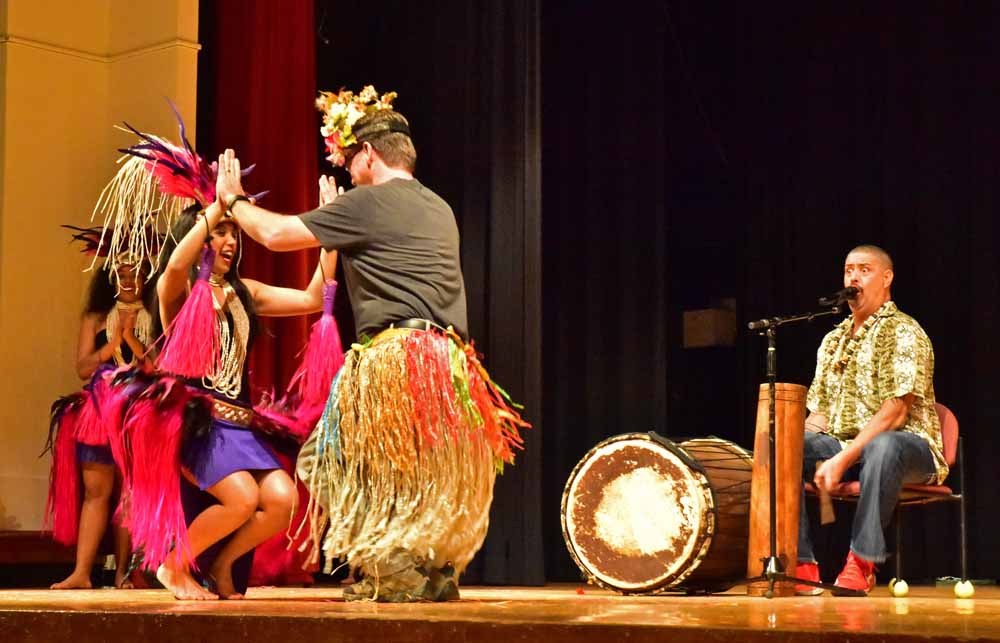
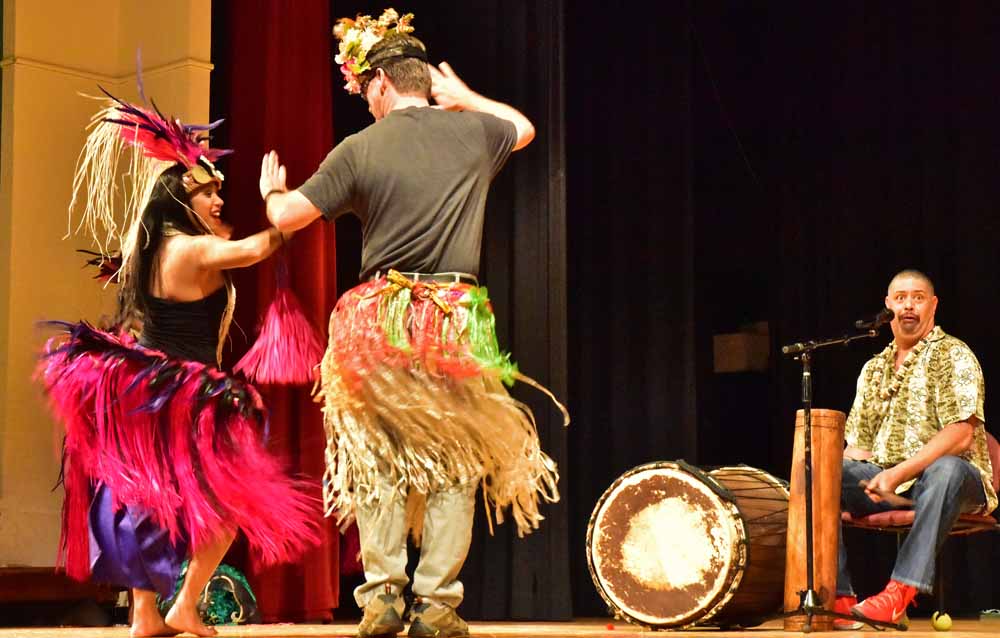
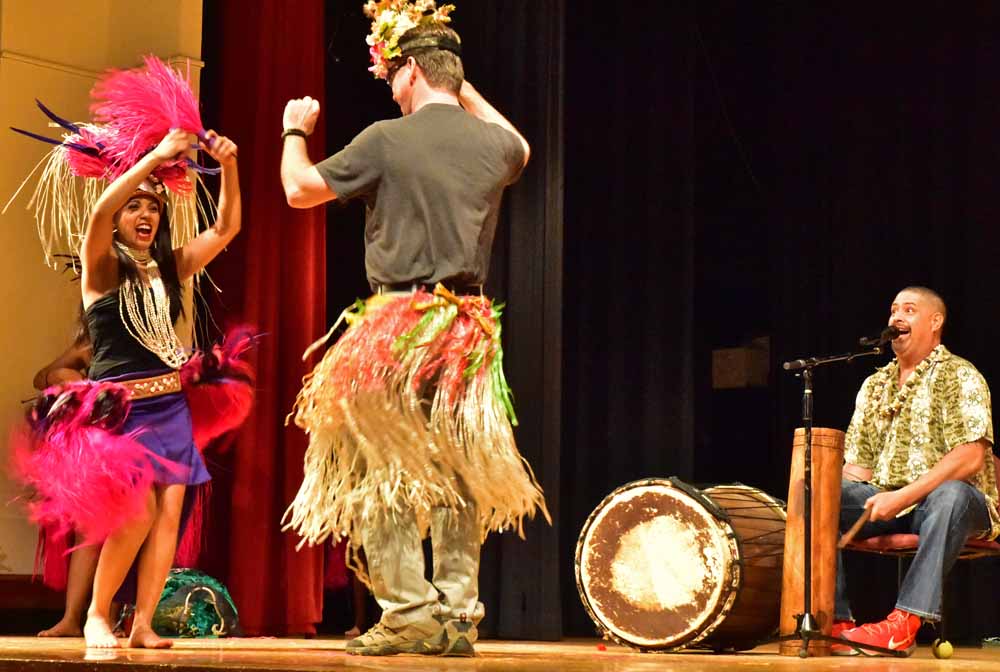
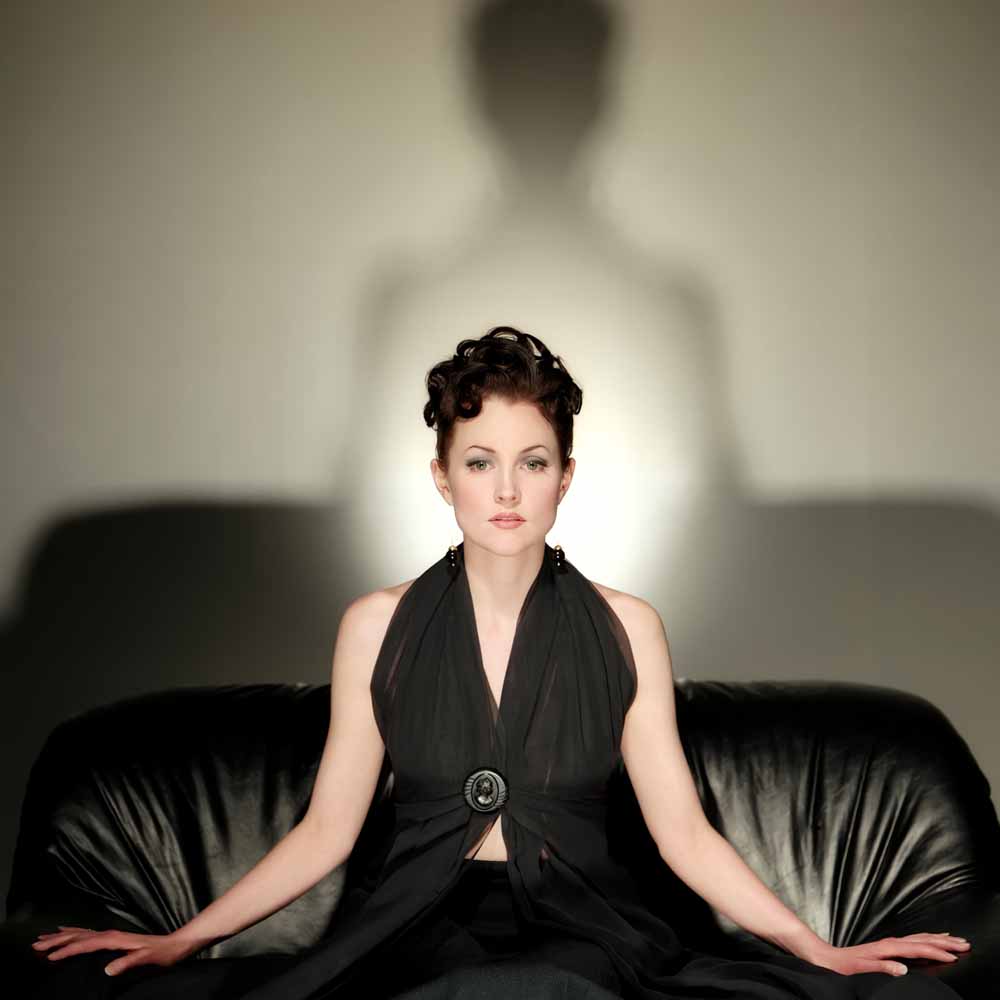
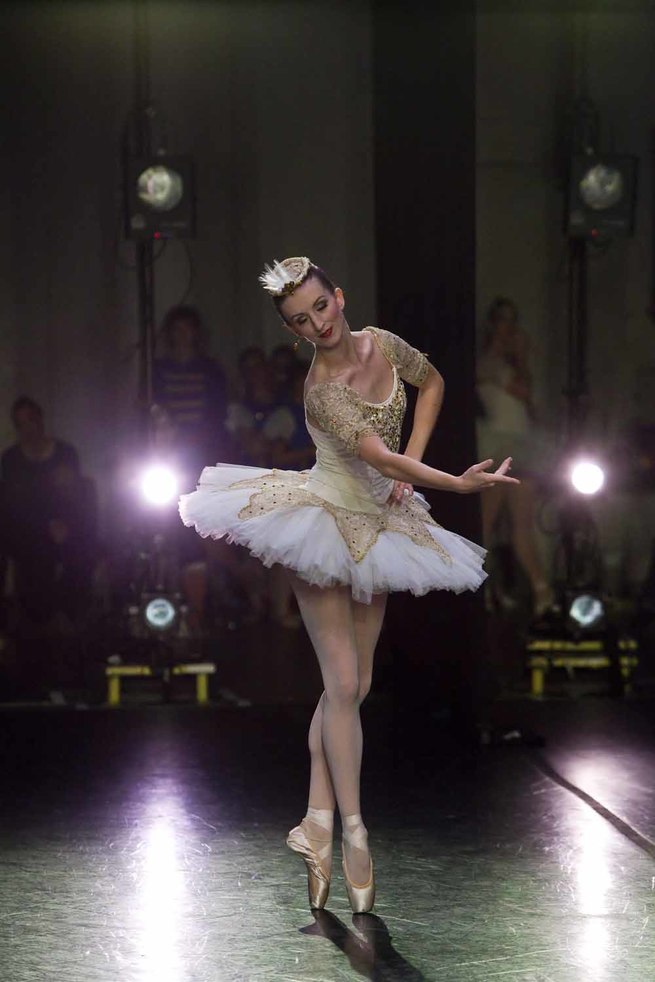
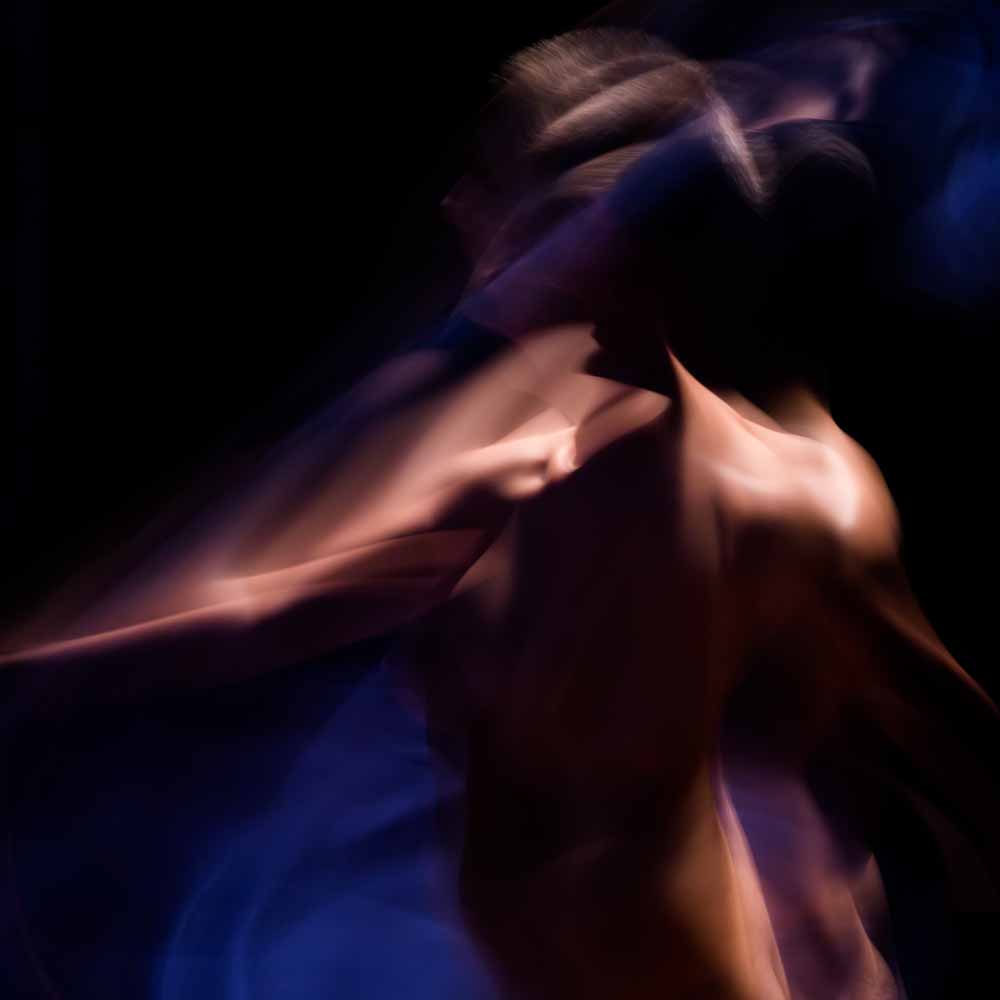
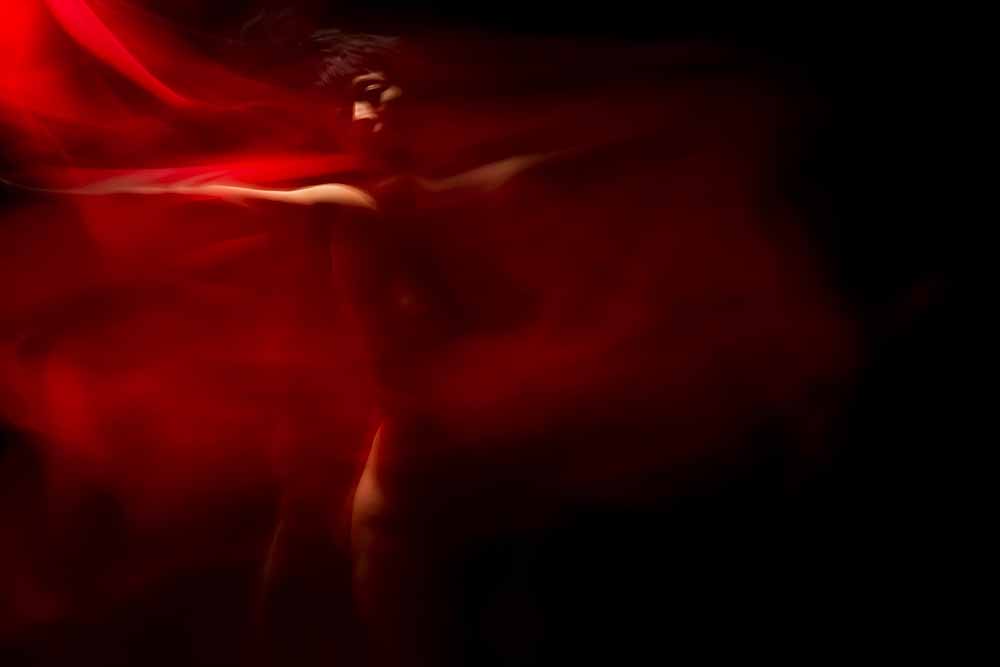
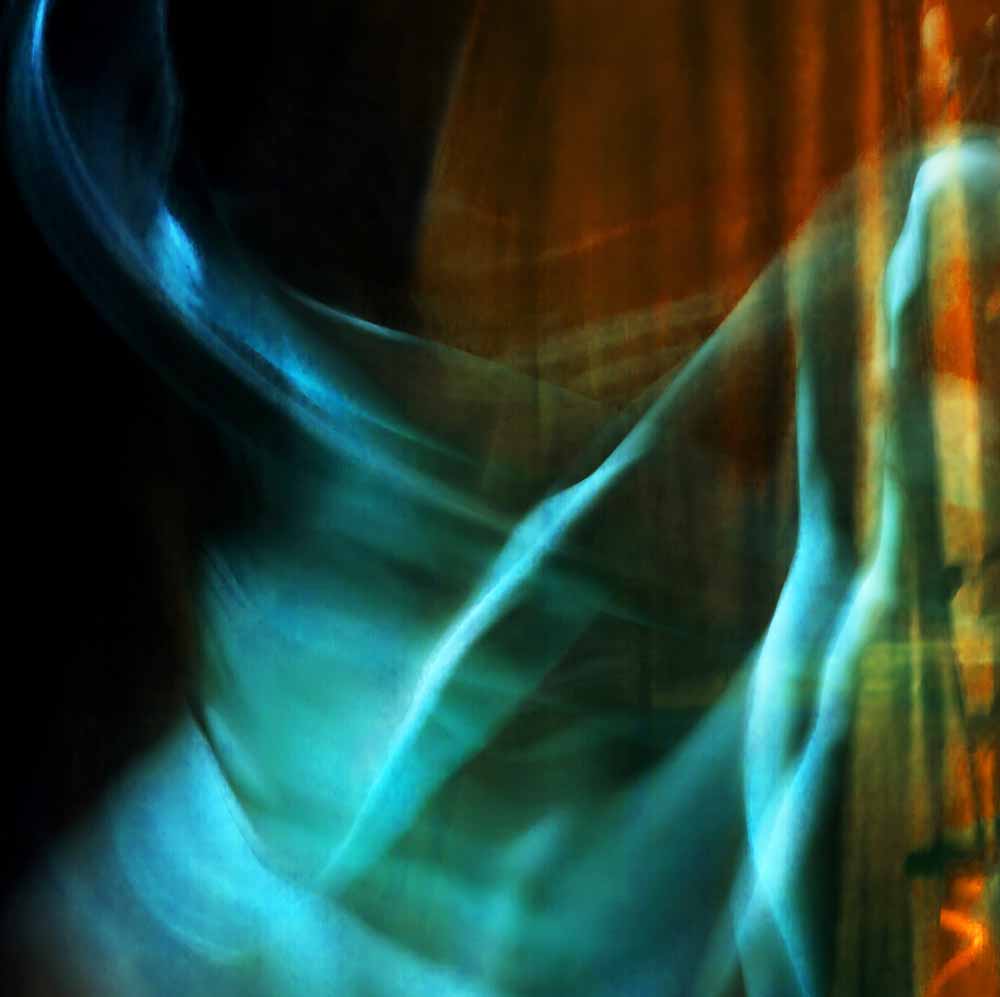
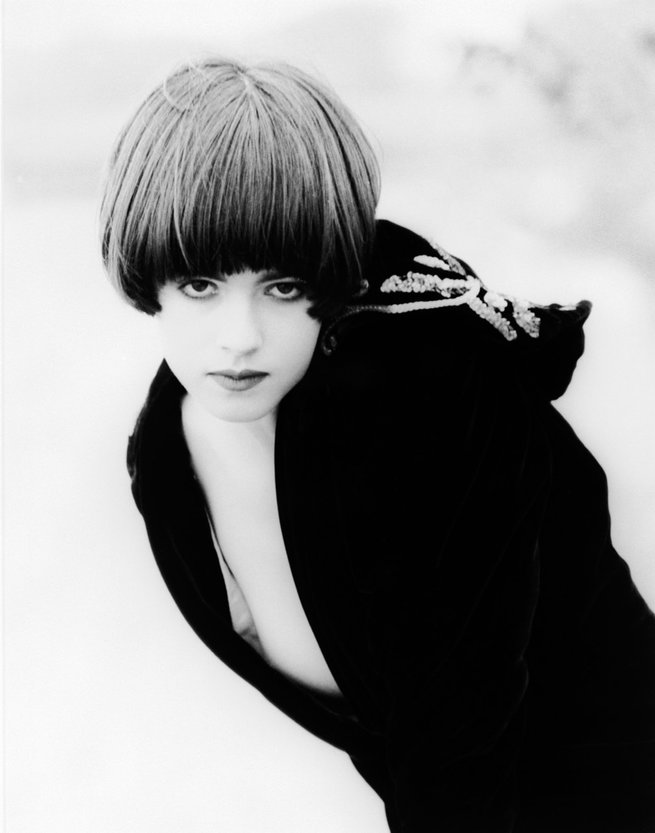
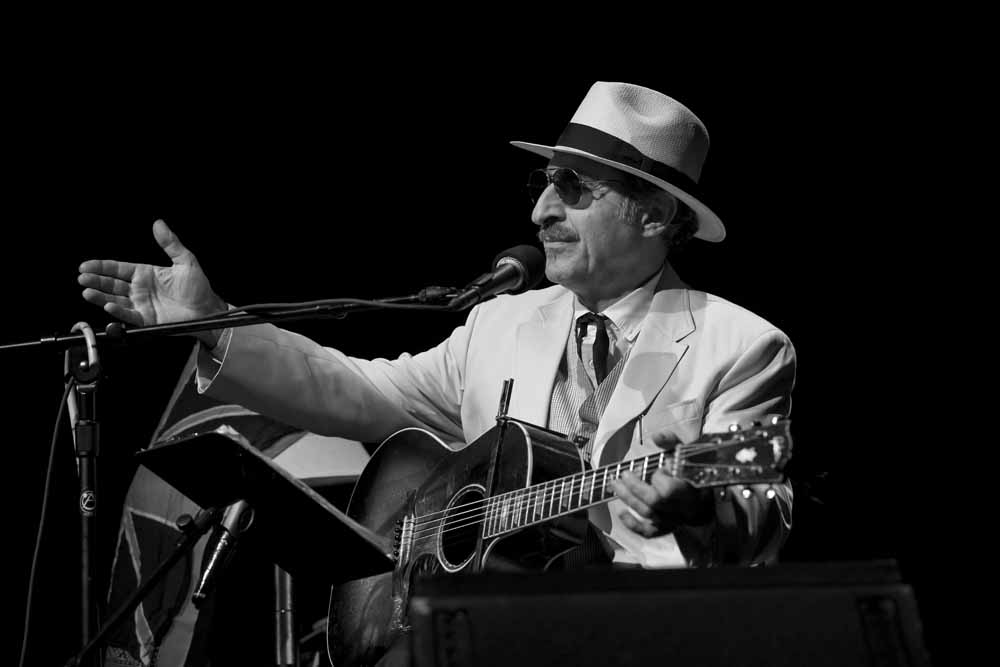
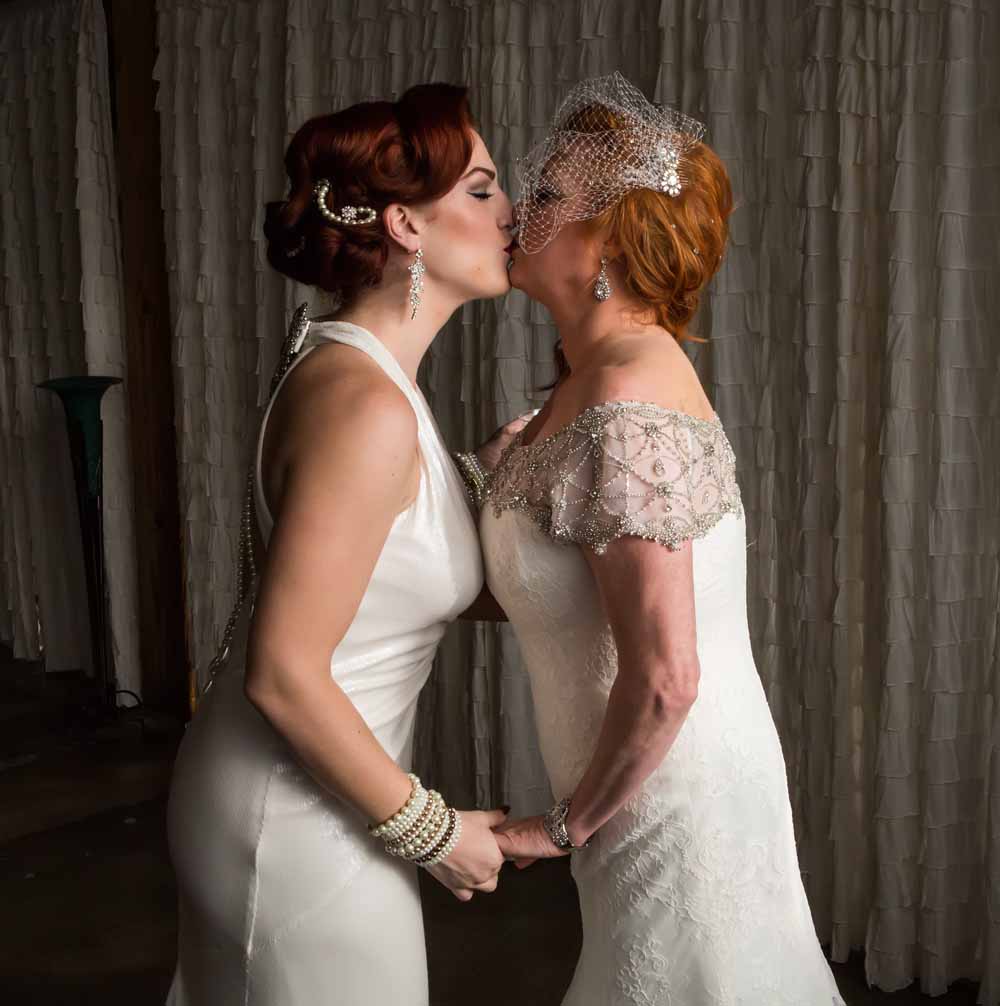
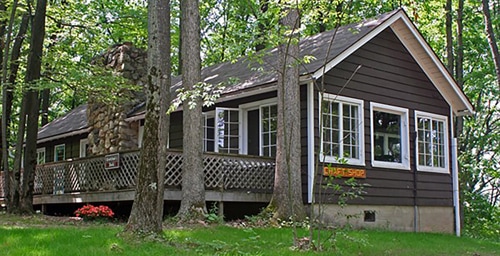
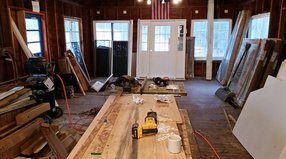
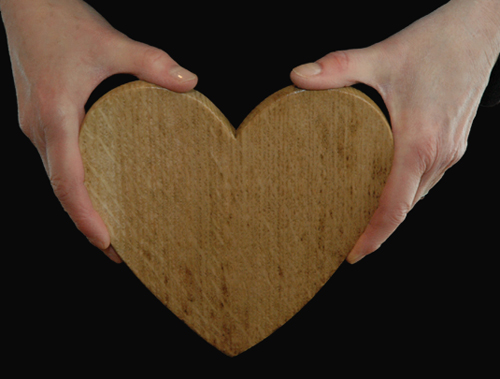
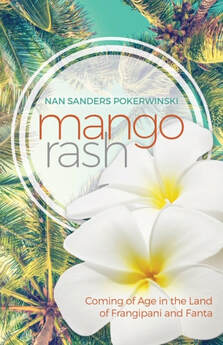
 RSS Feed
RSS Feed